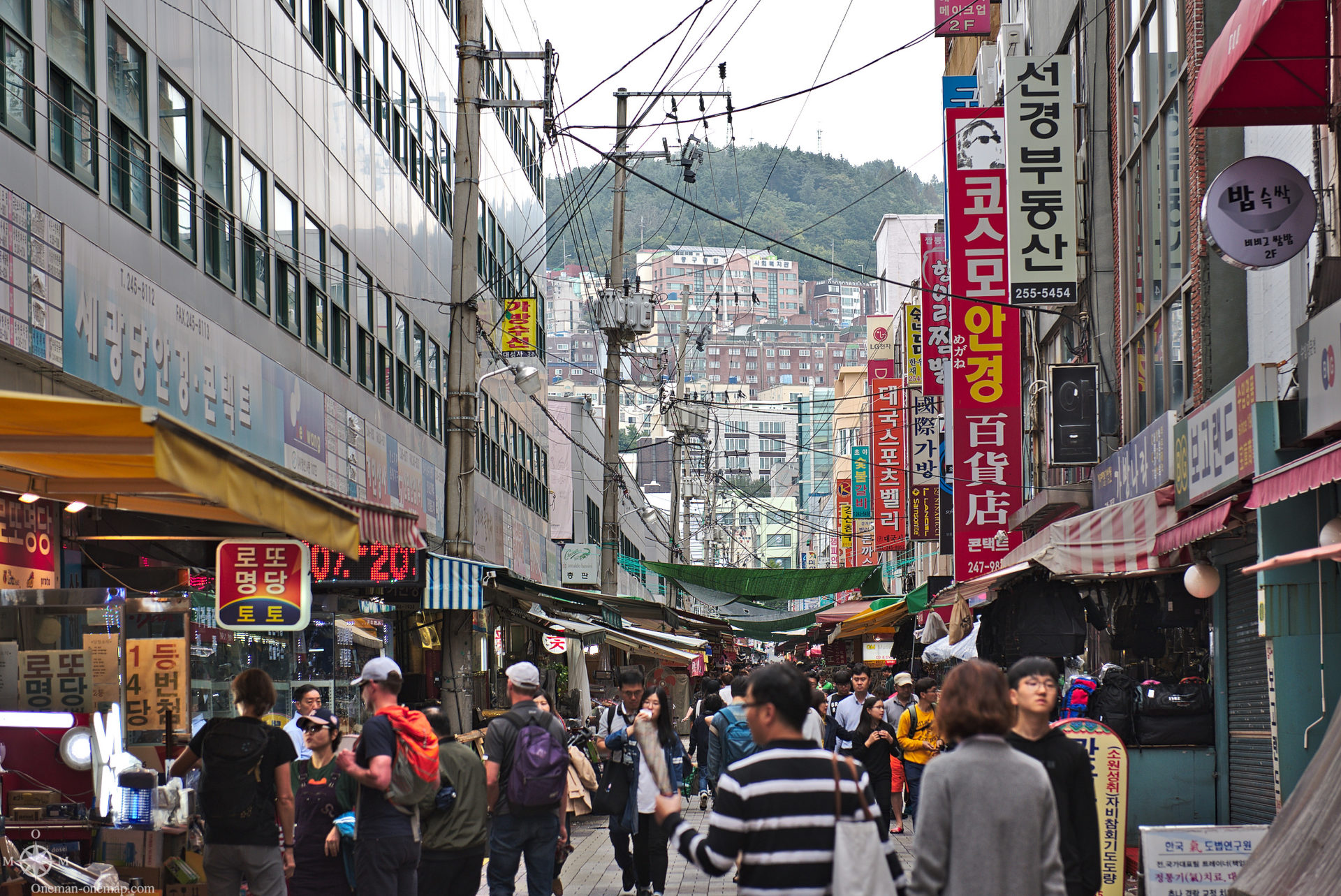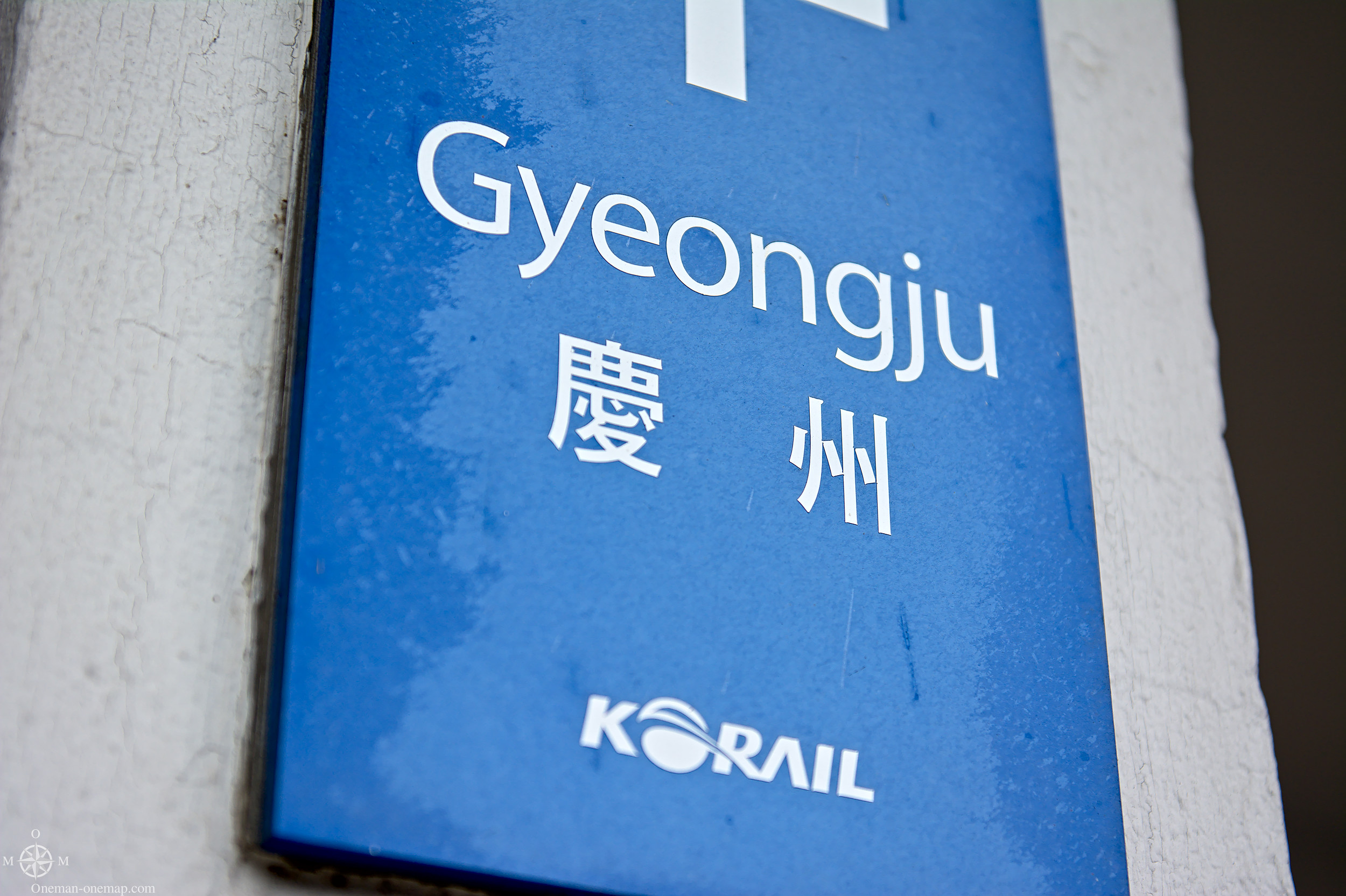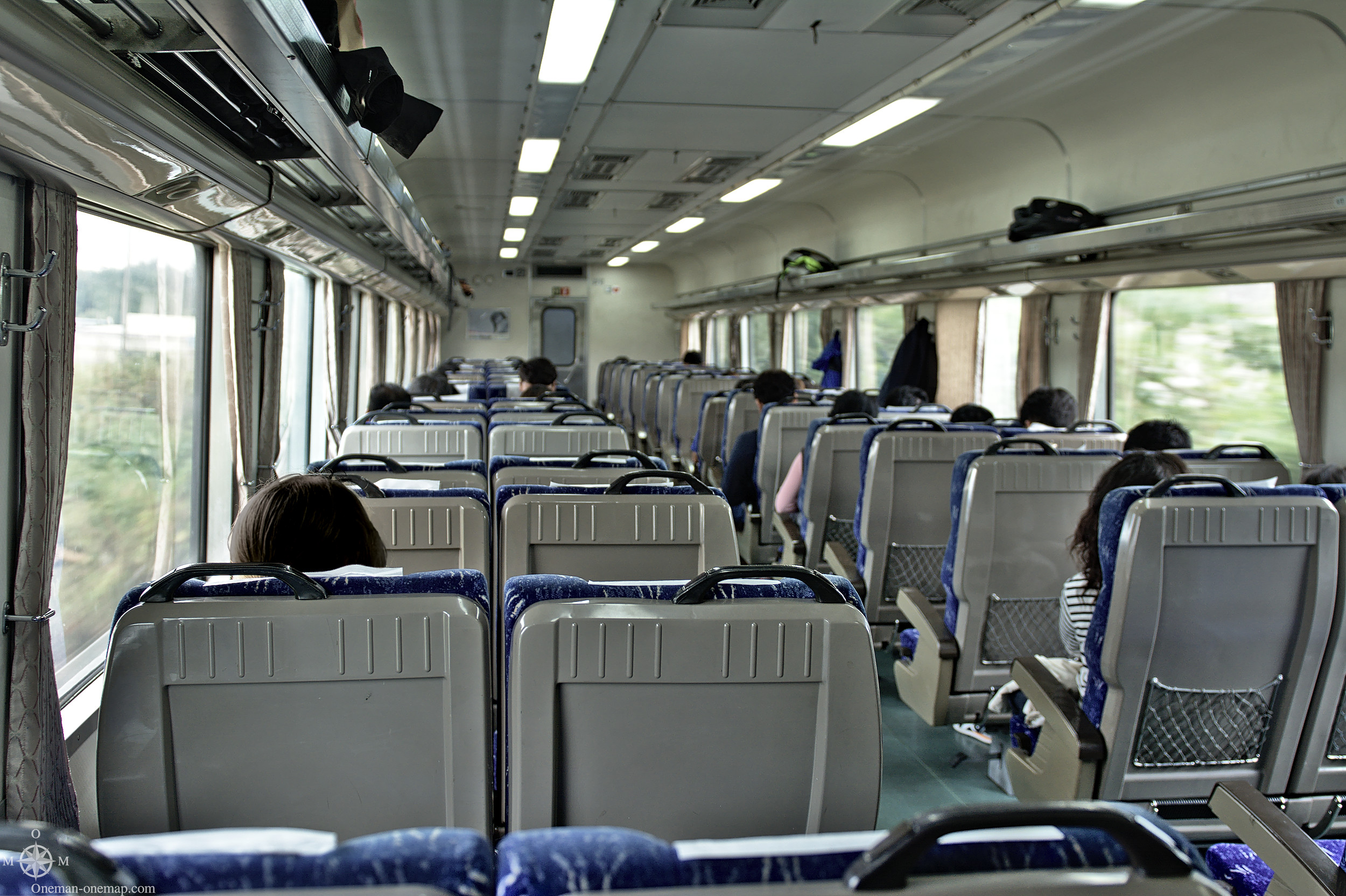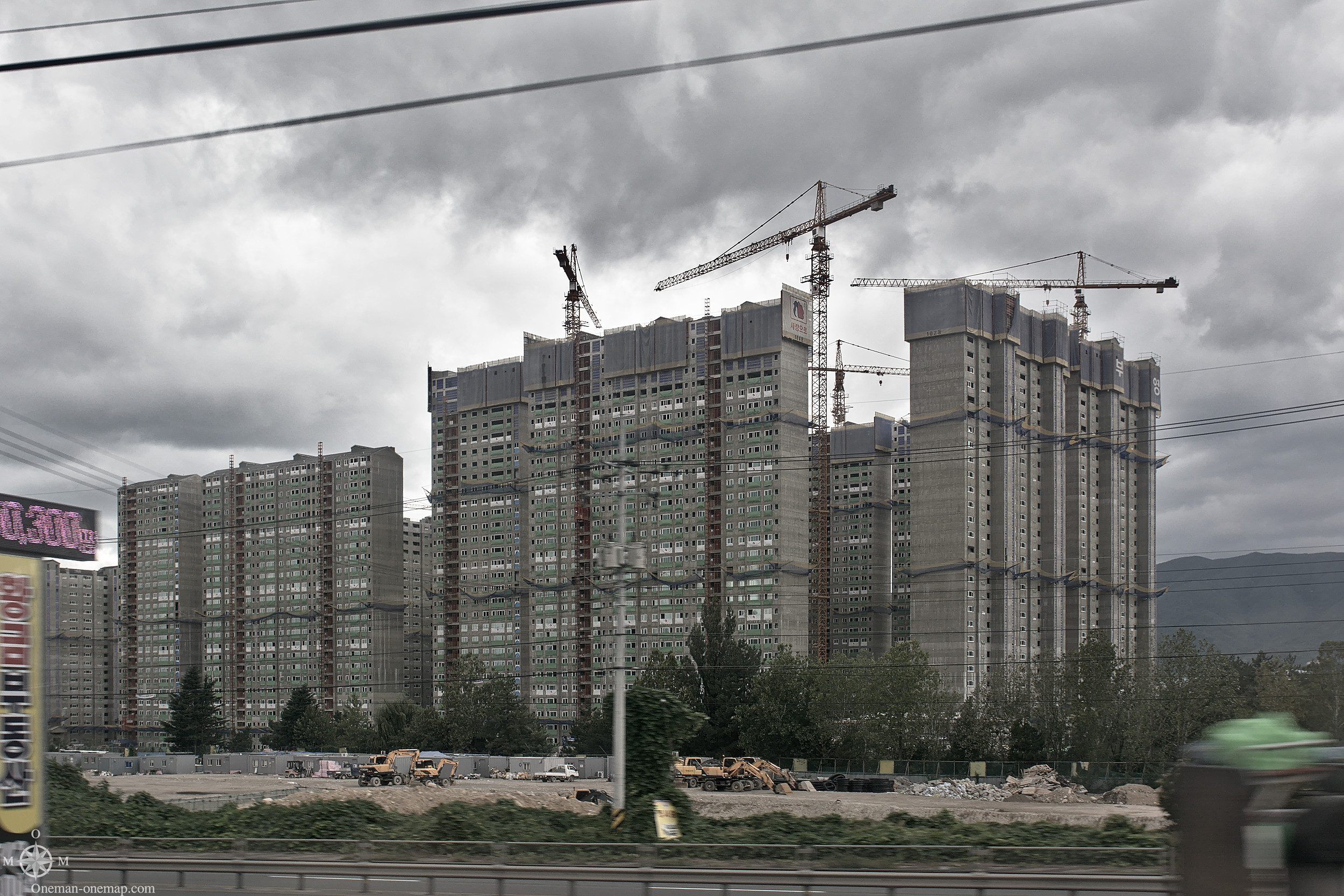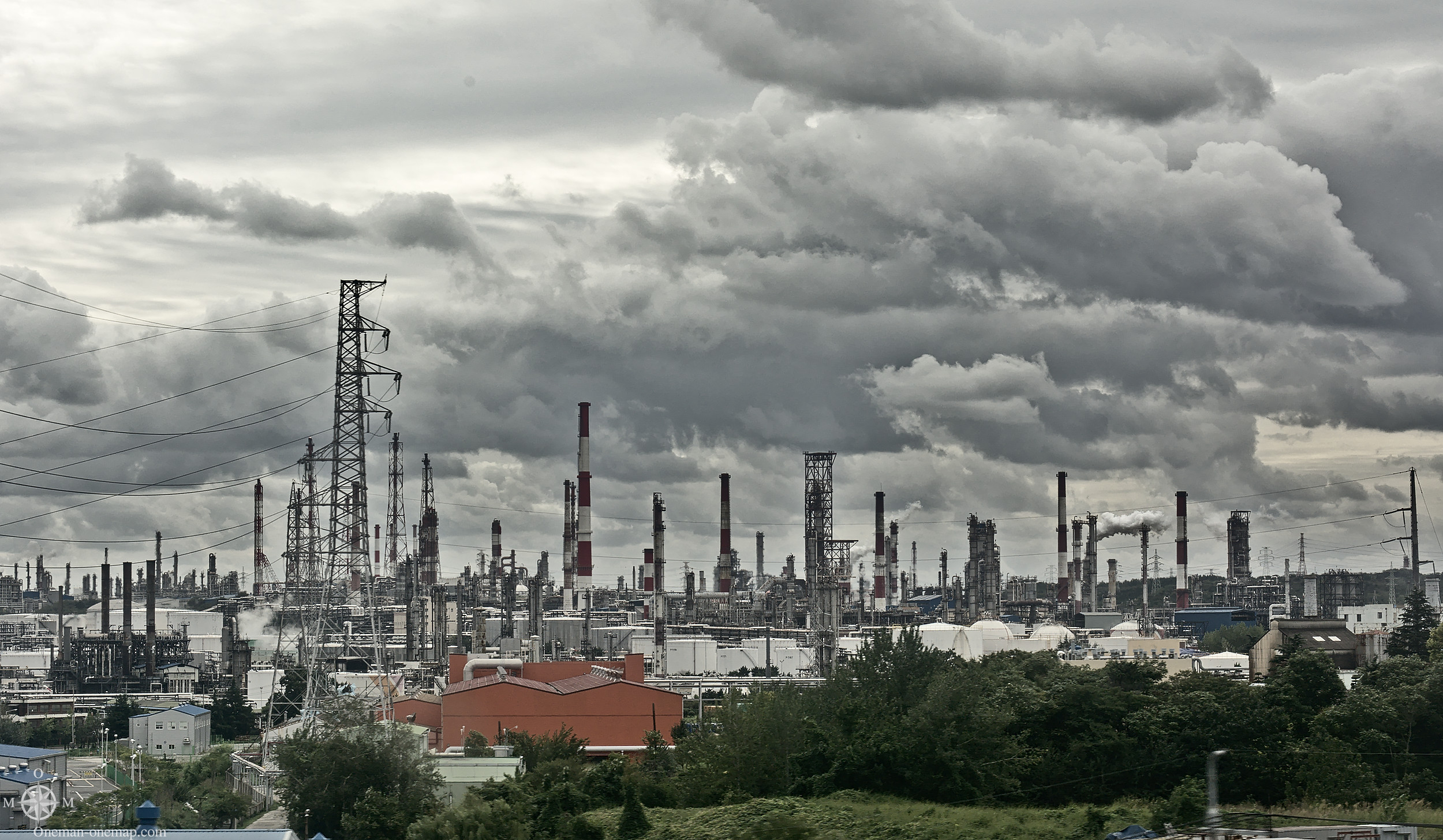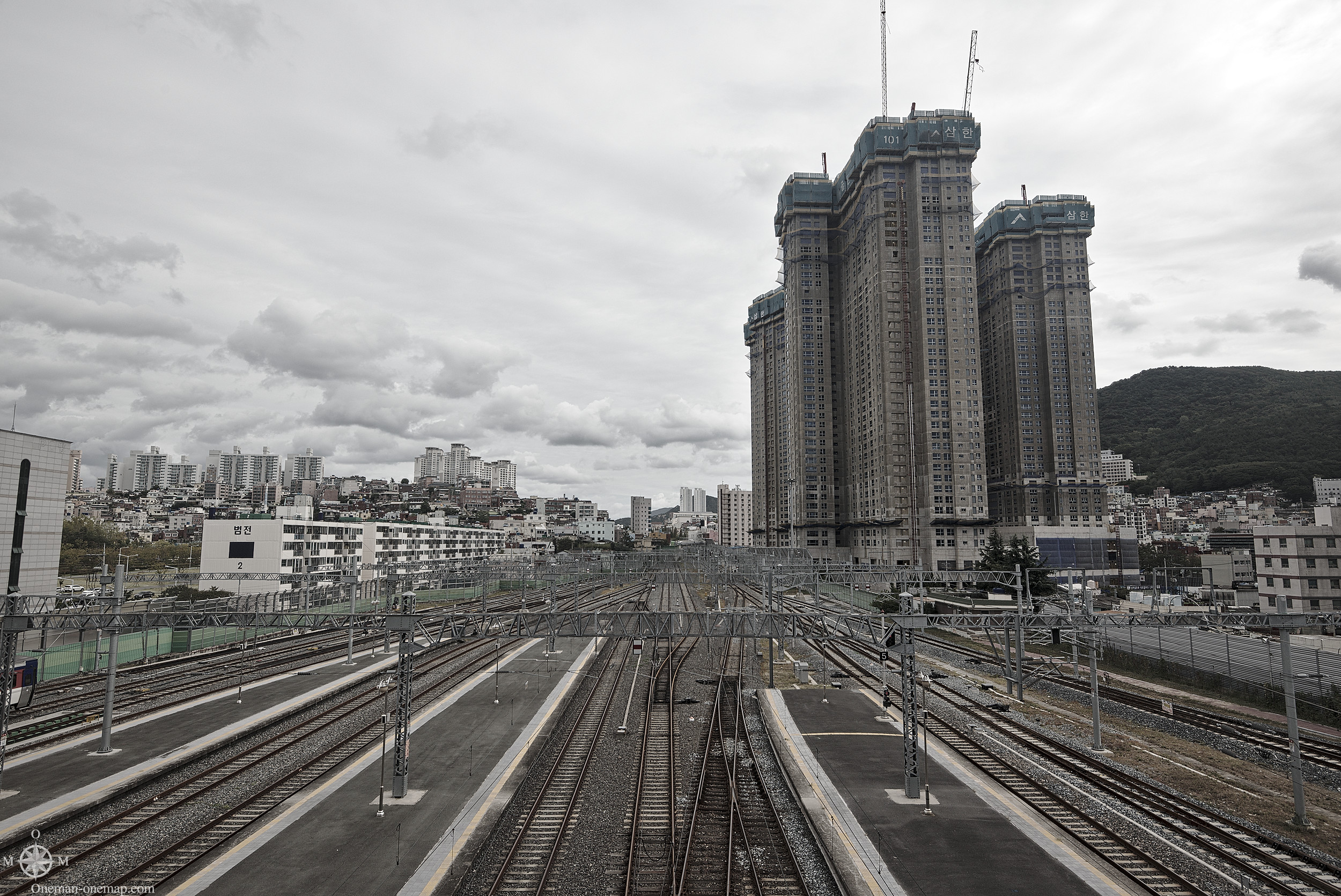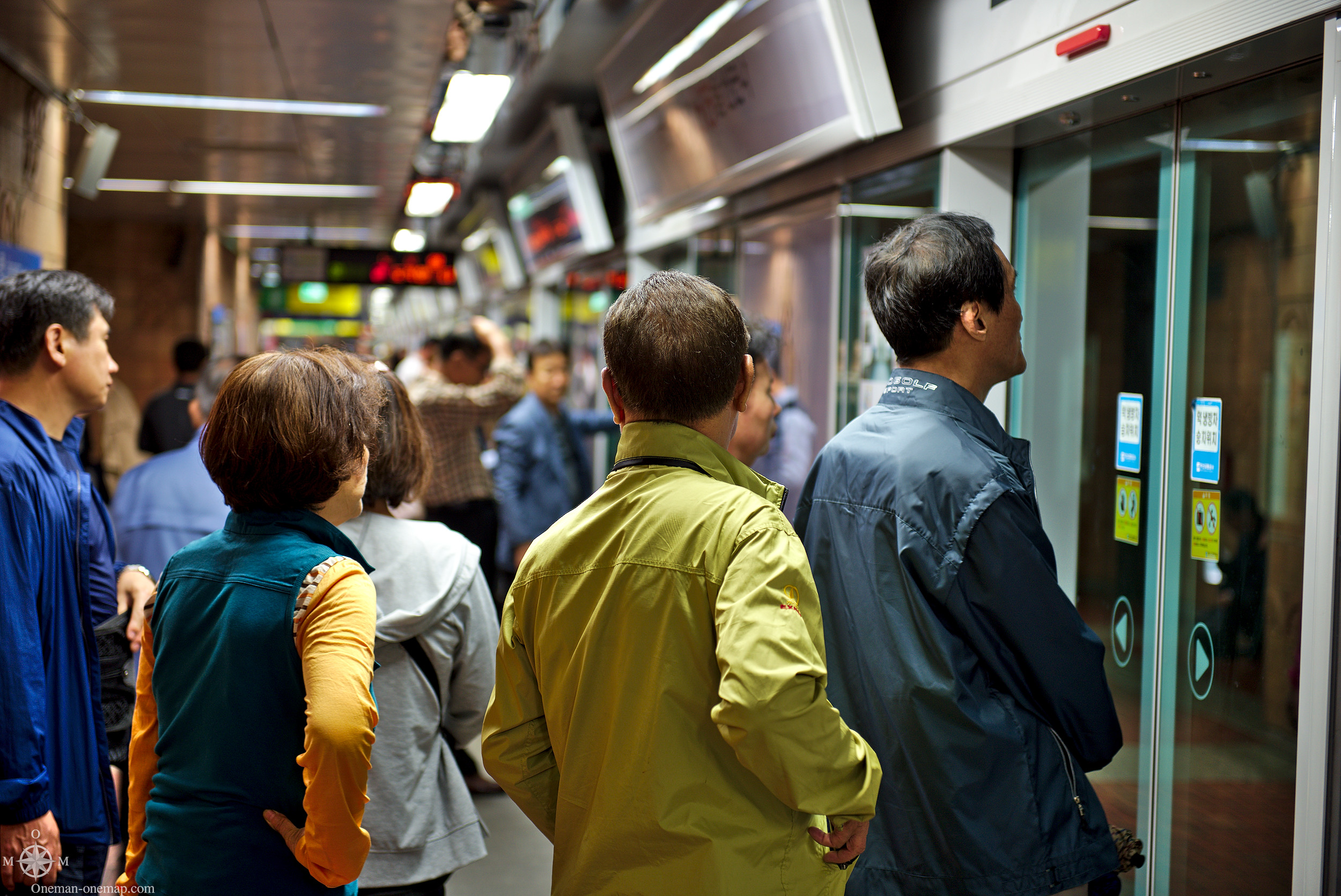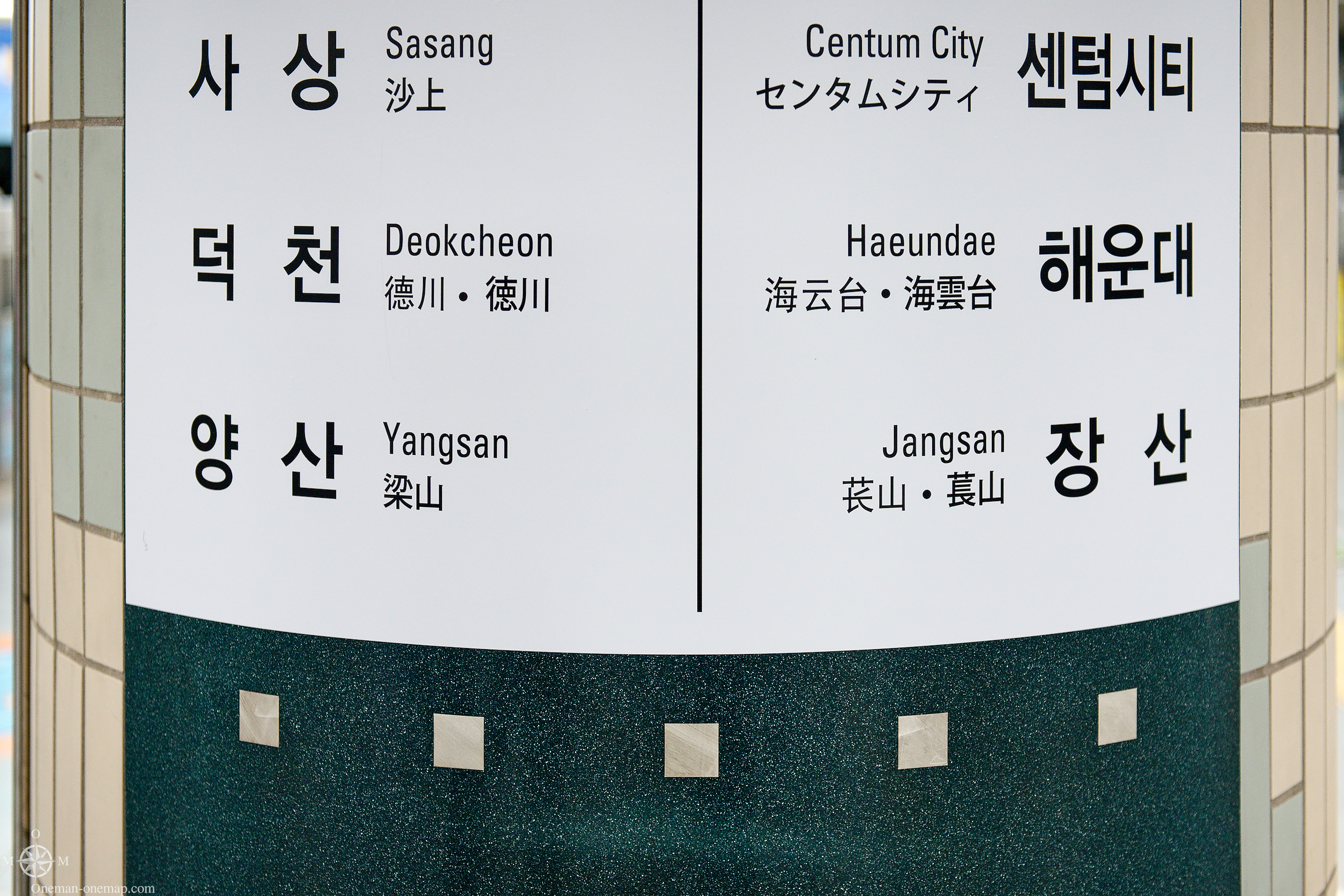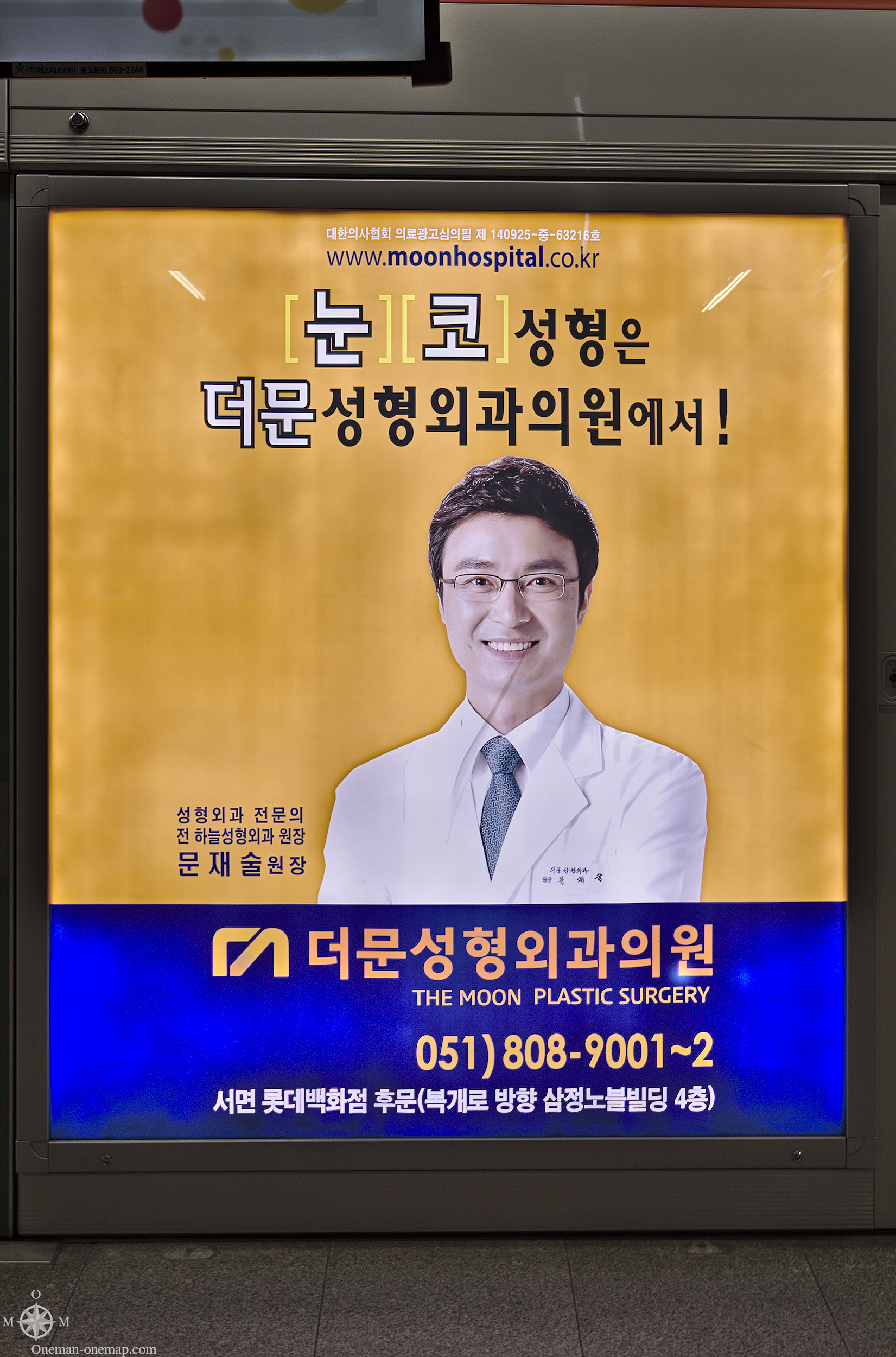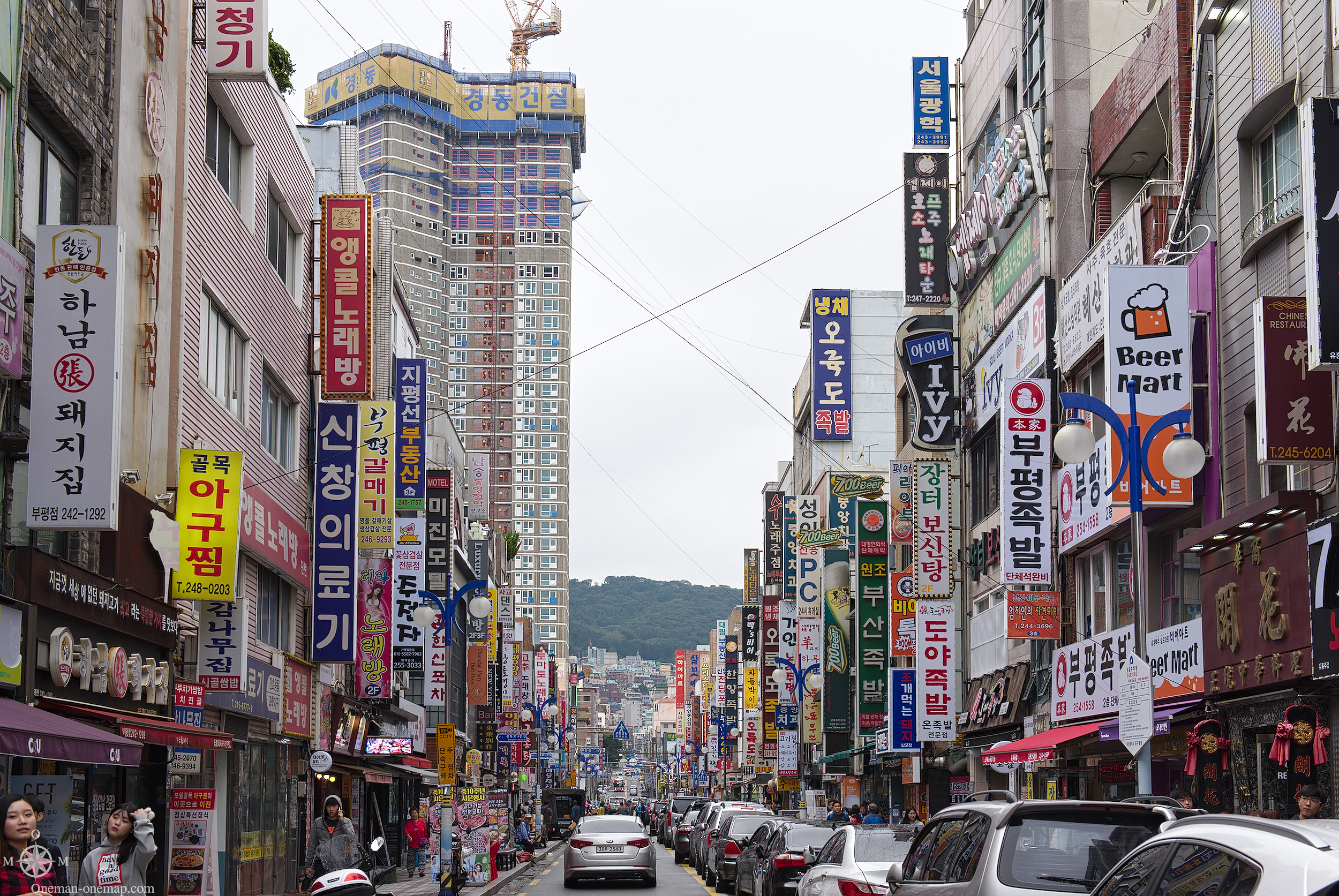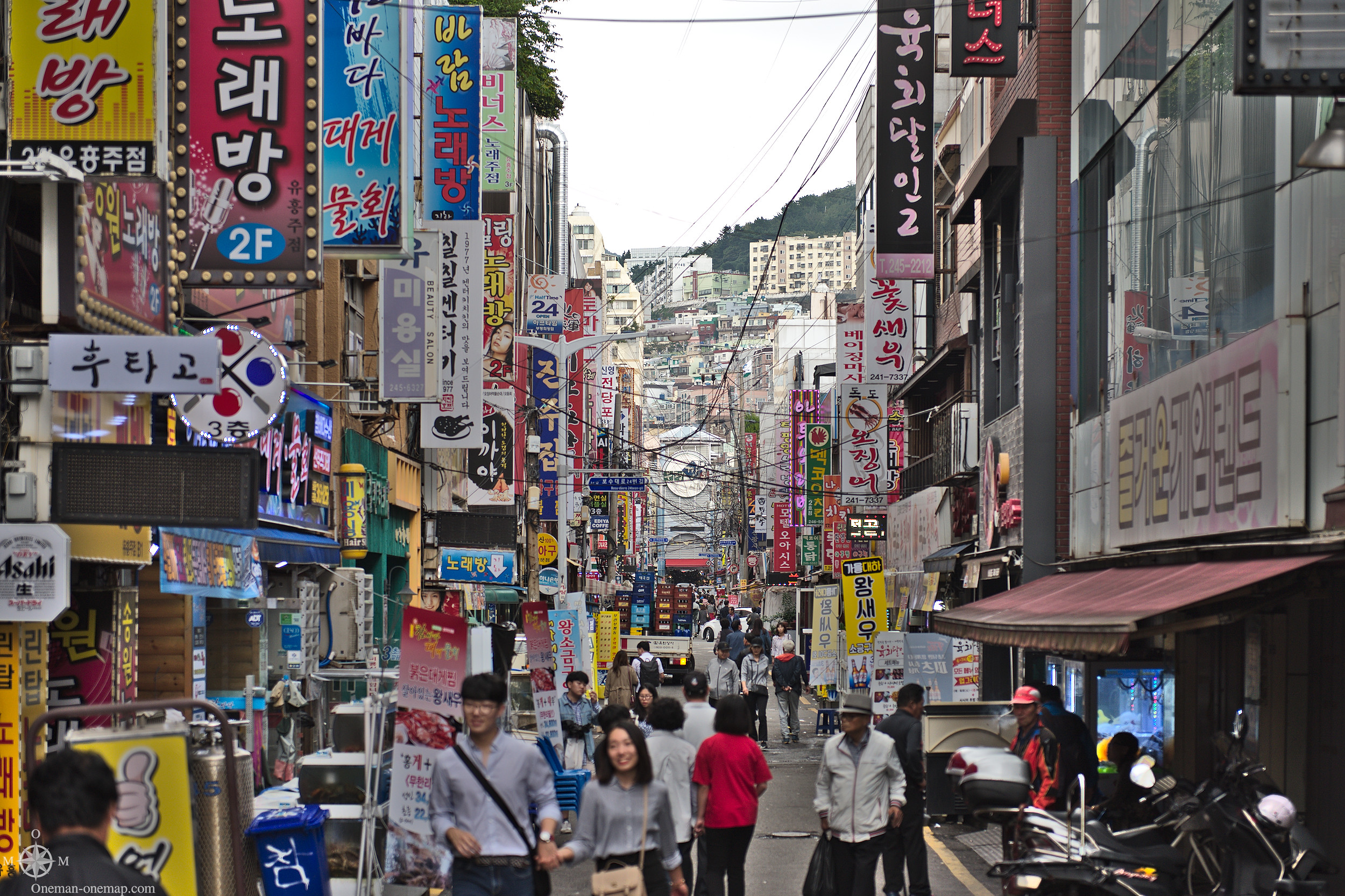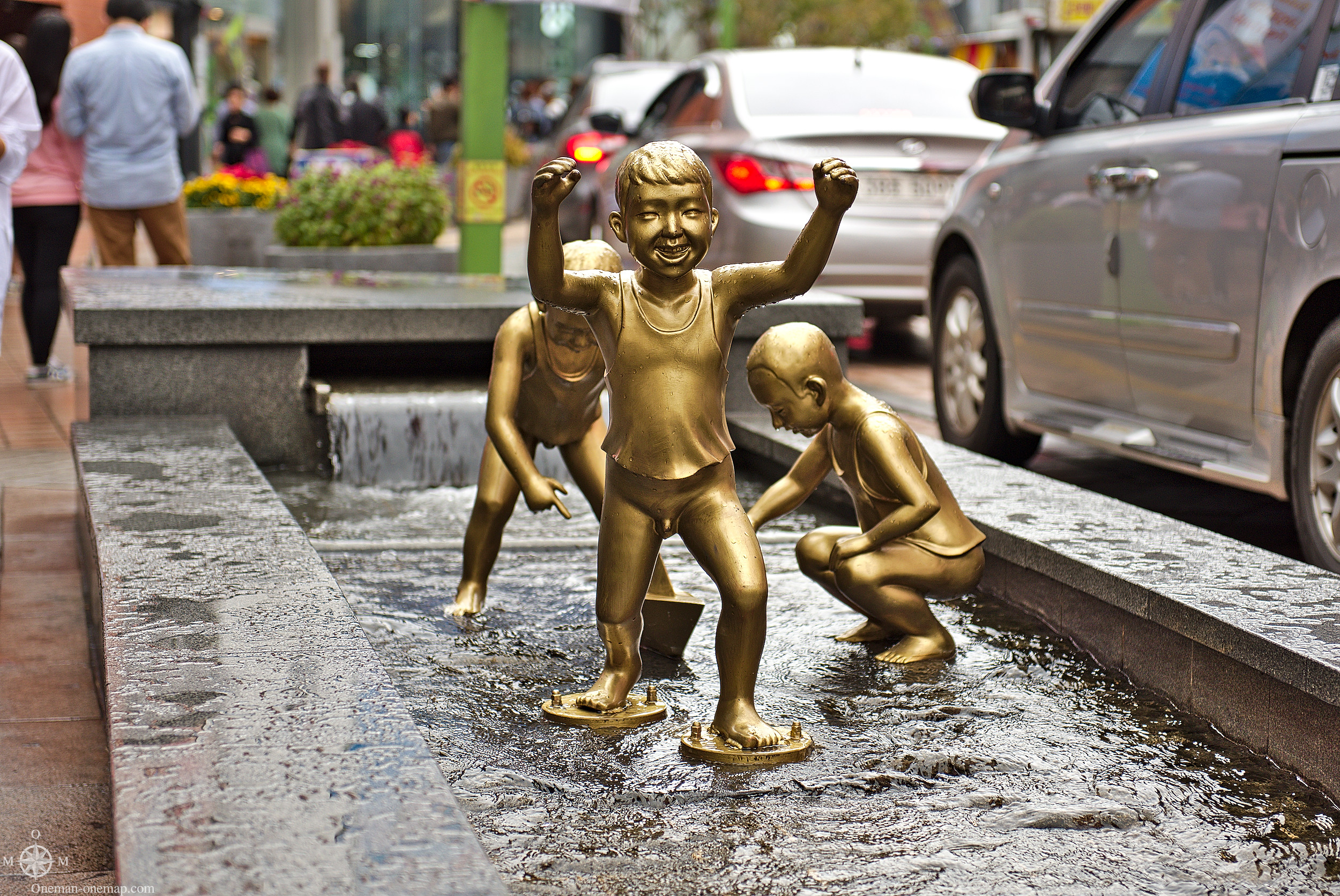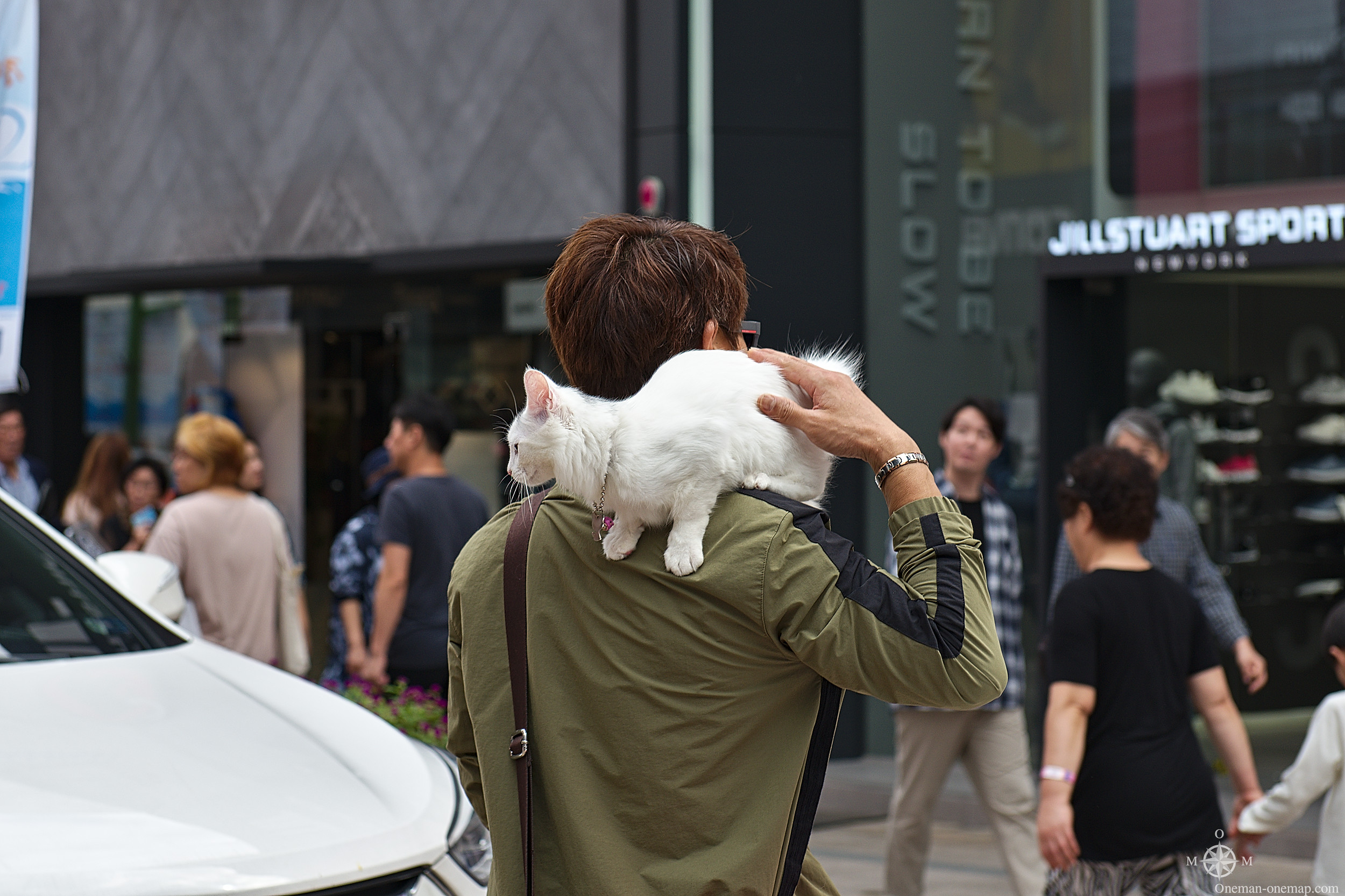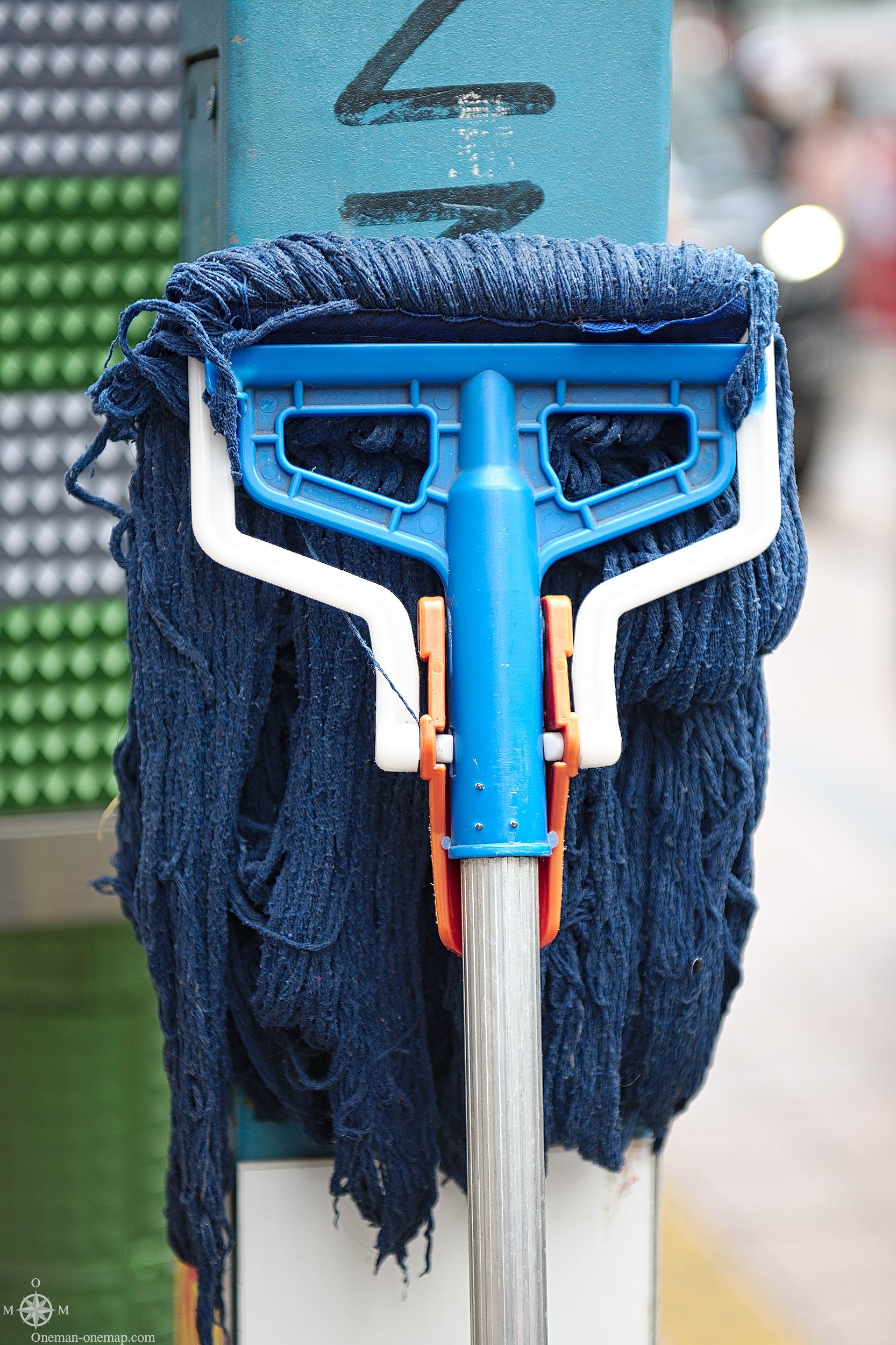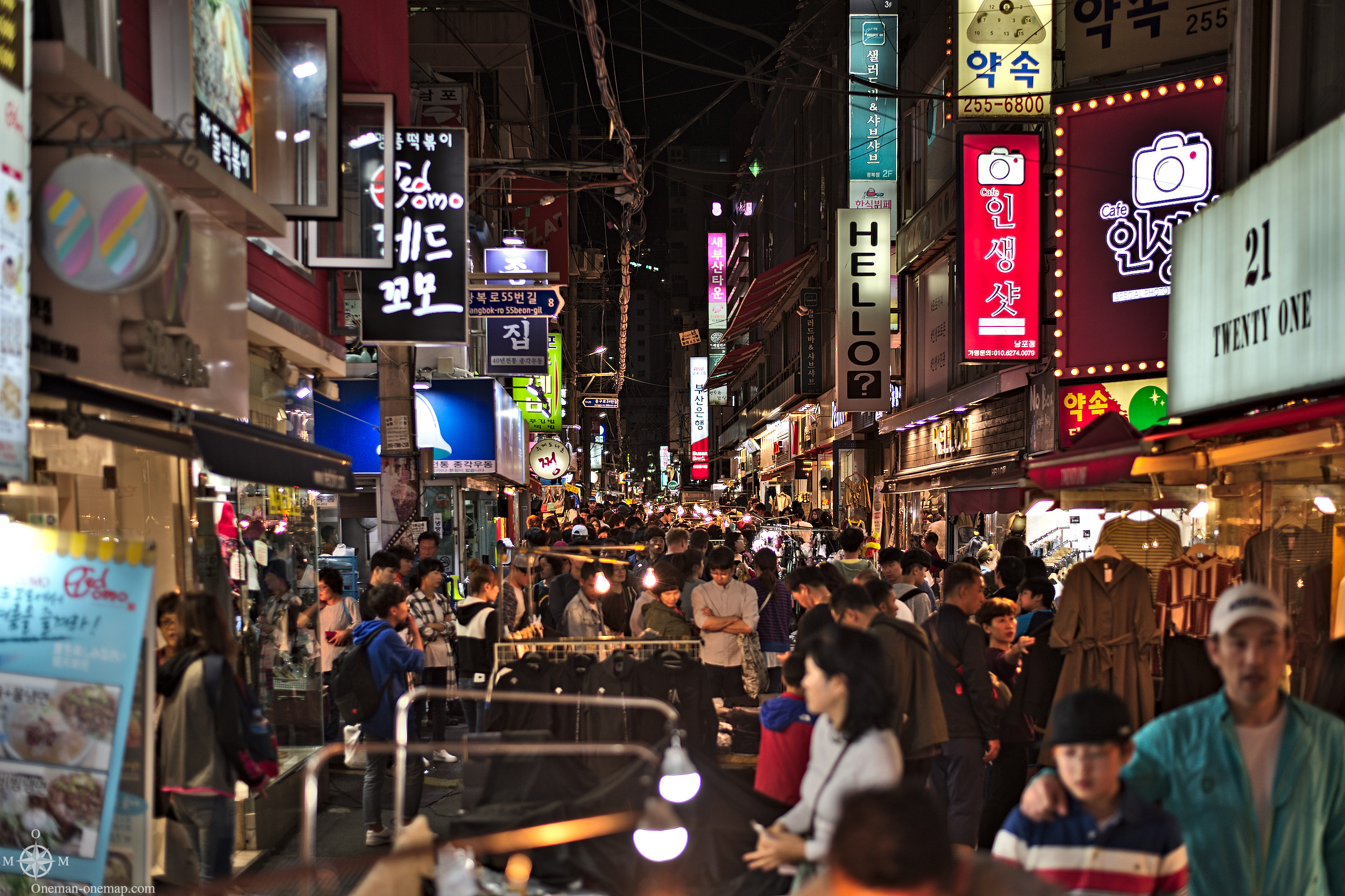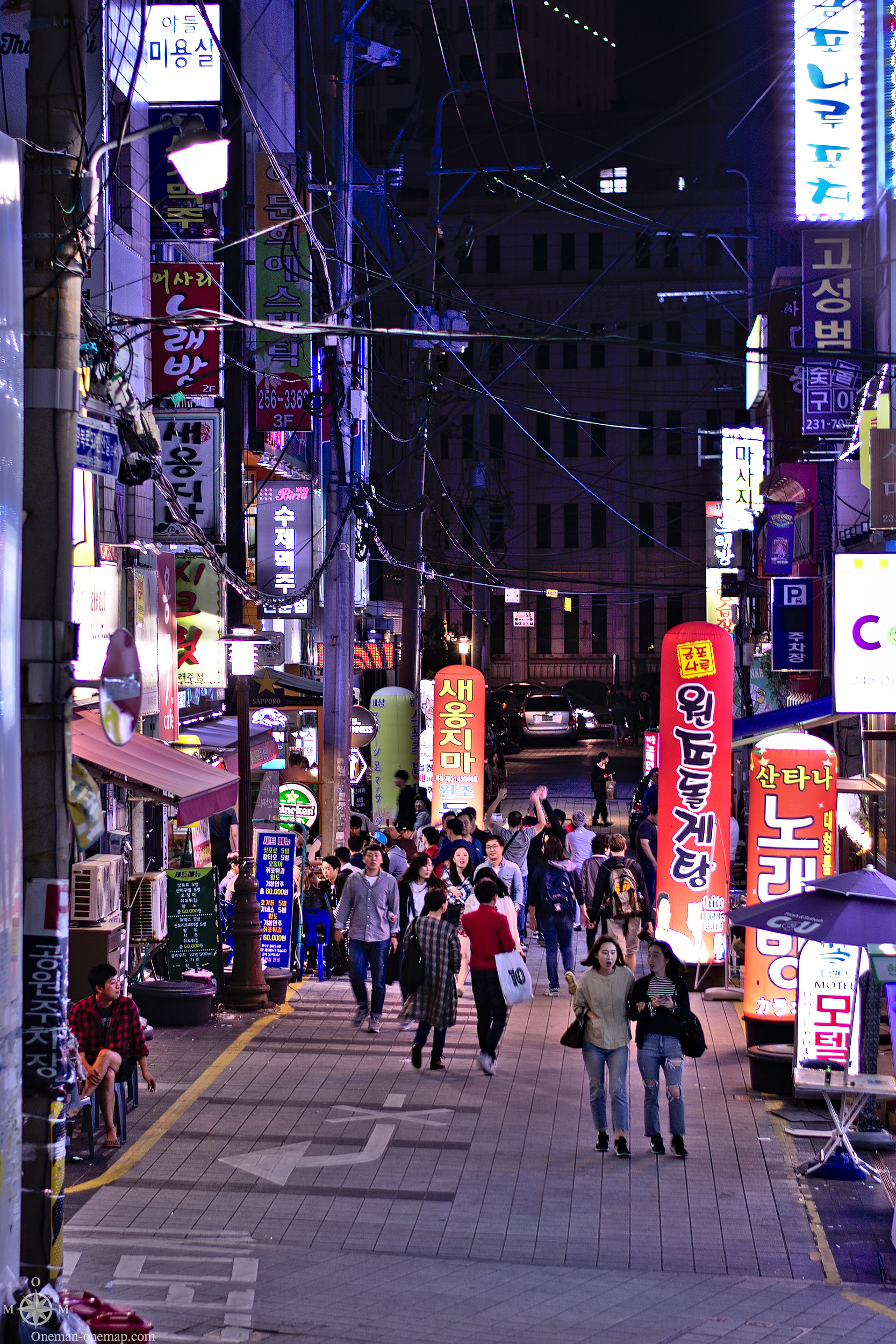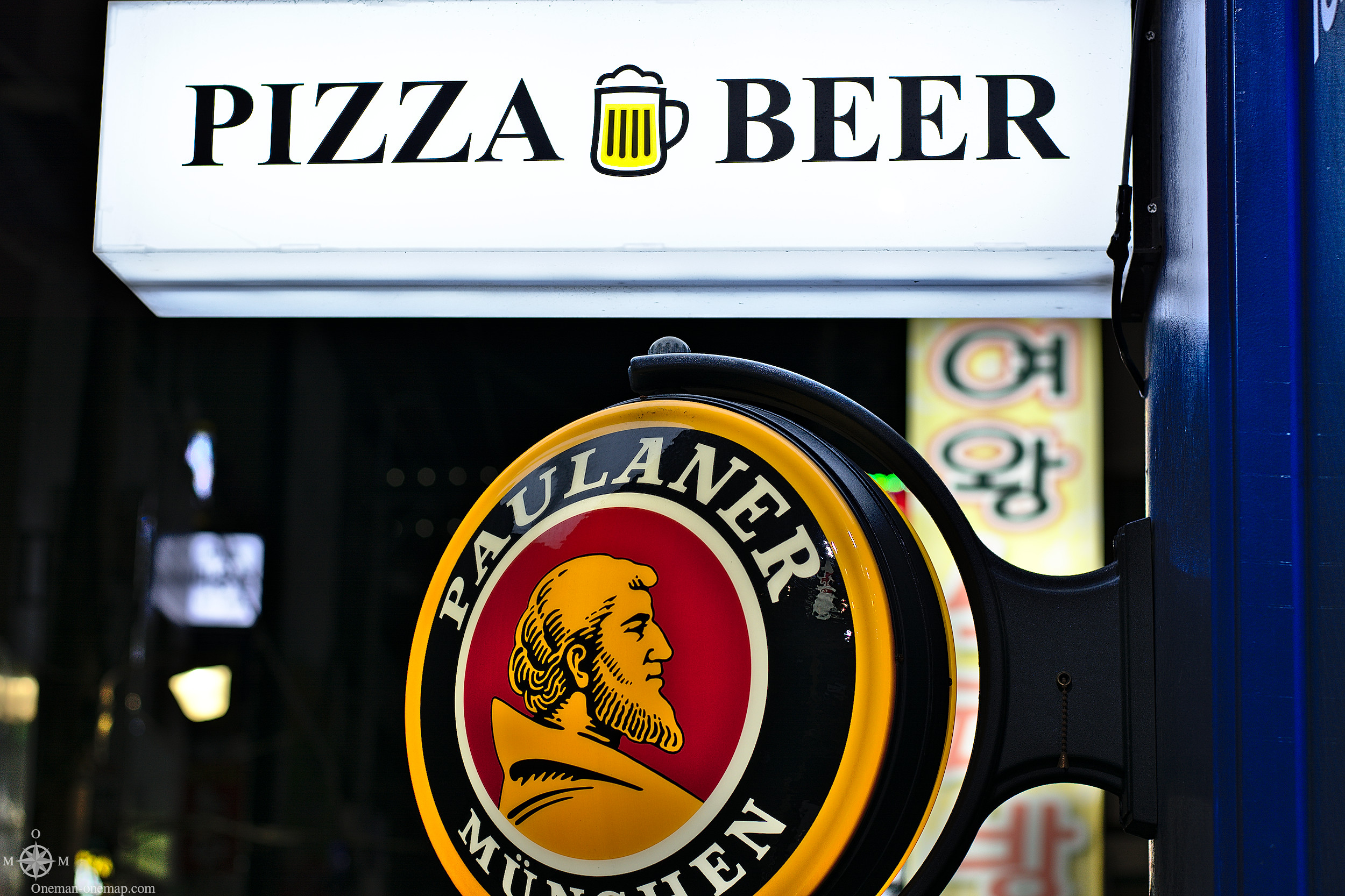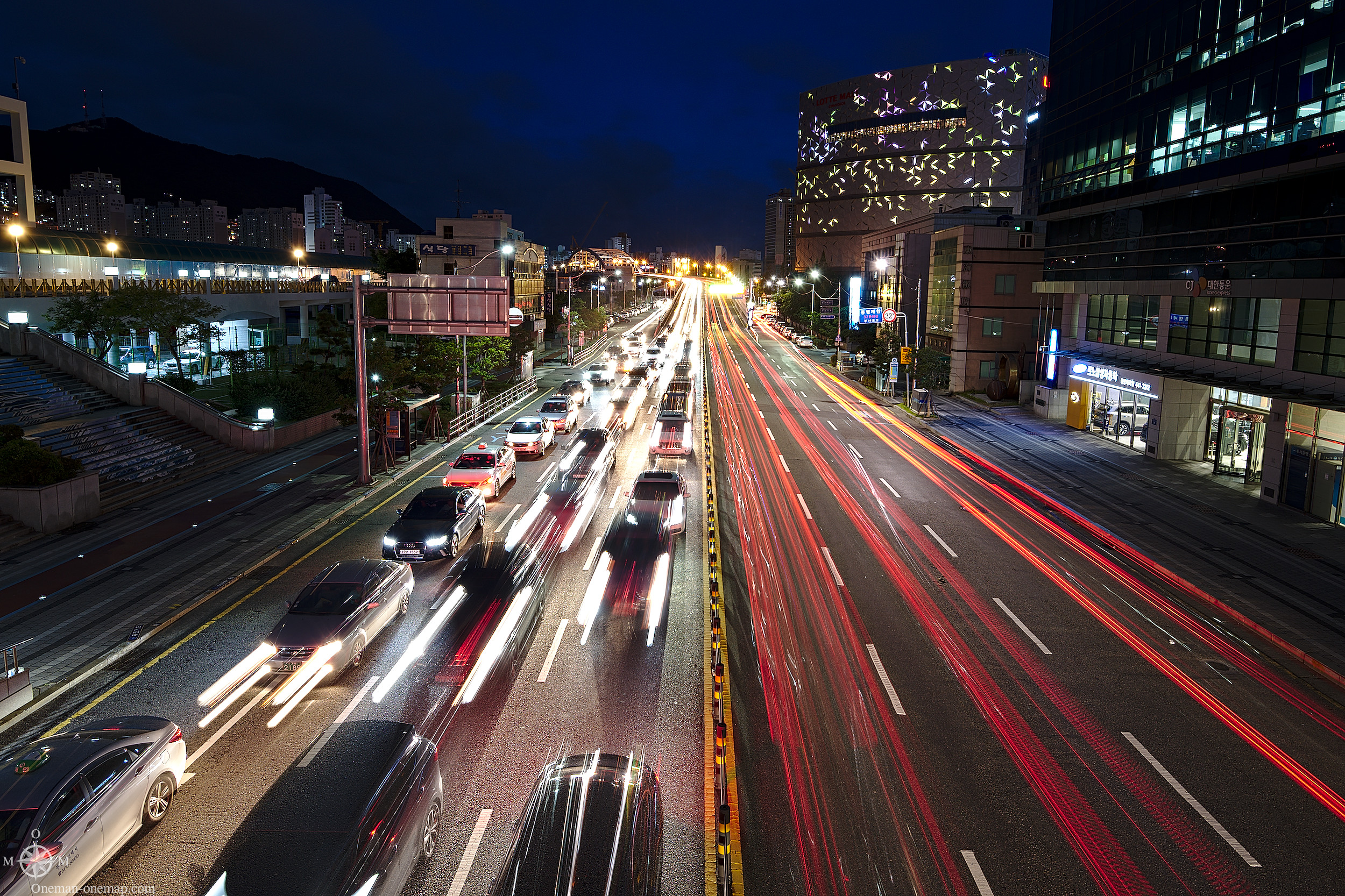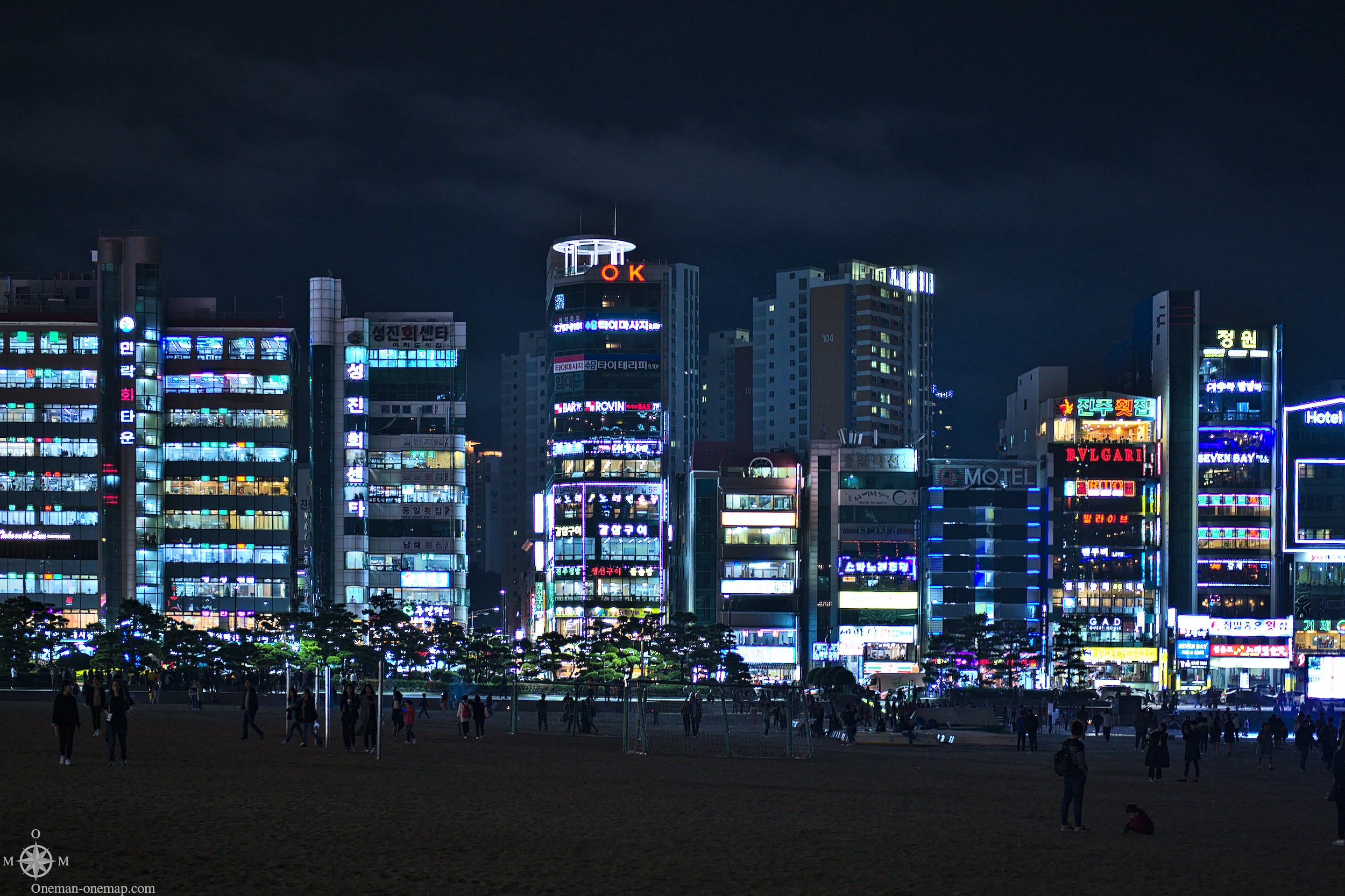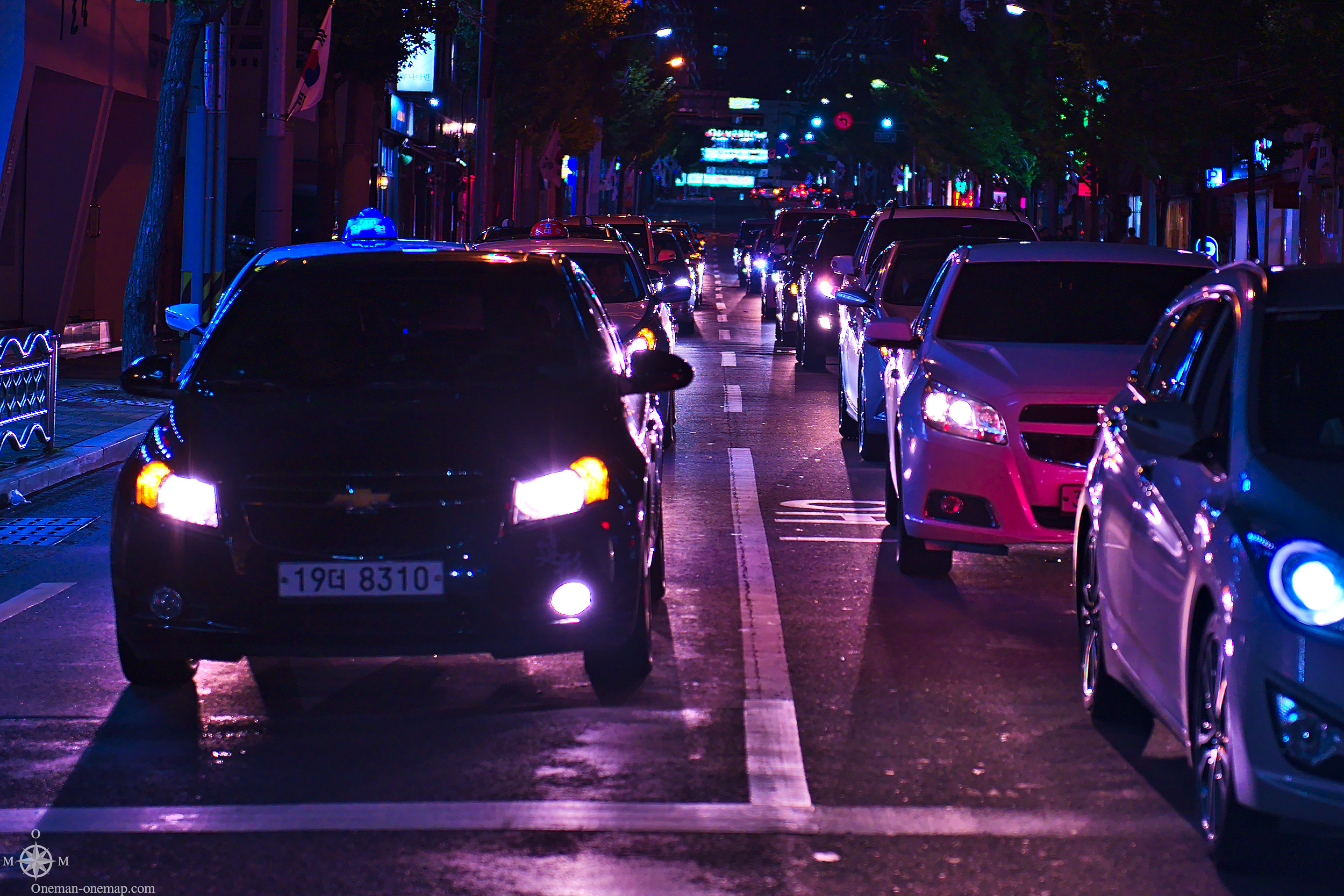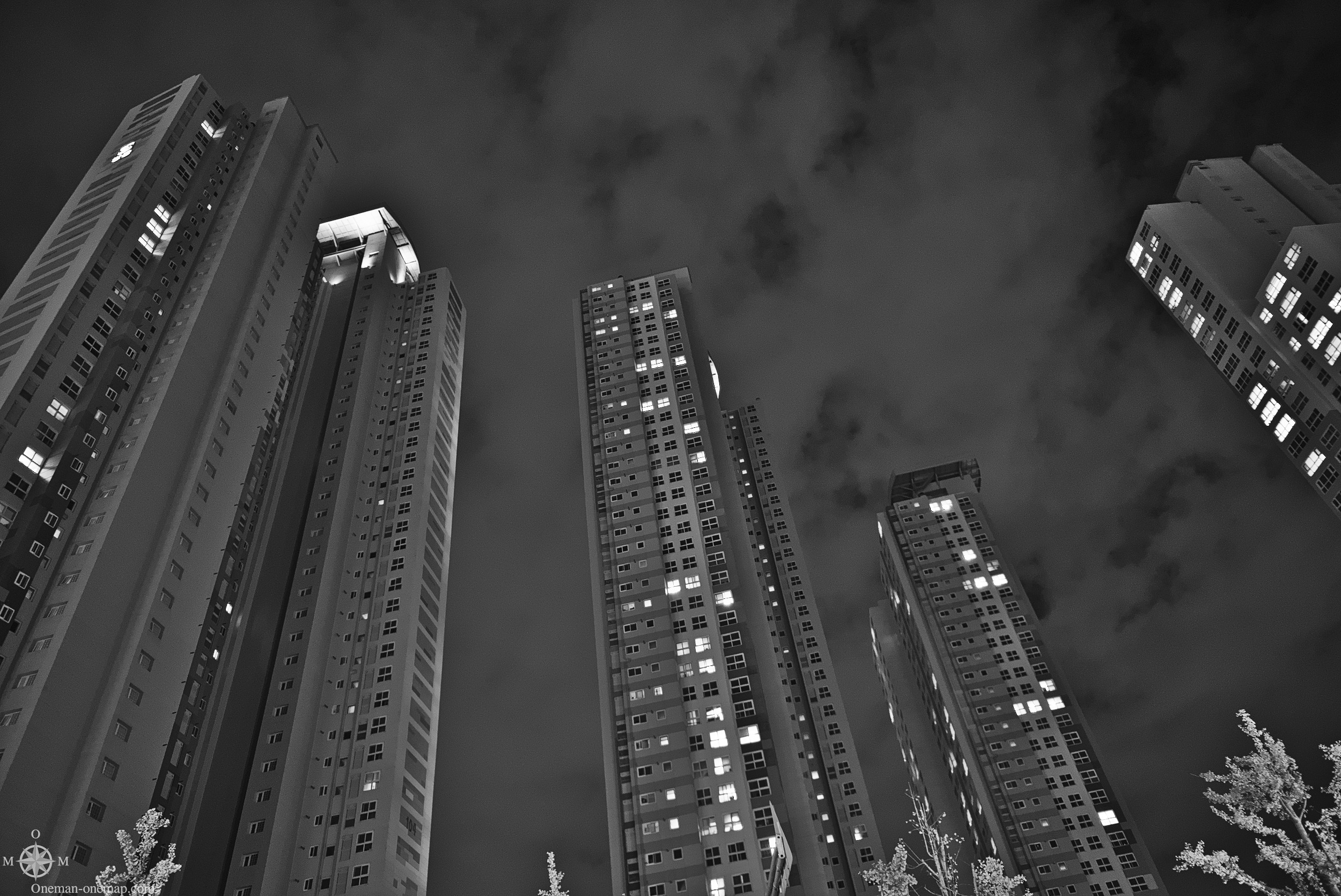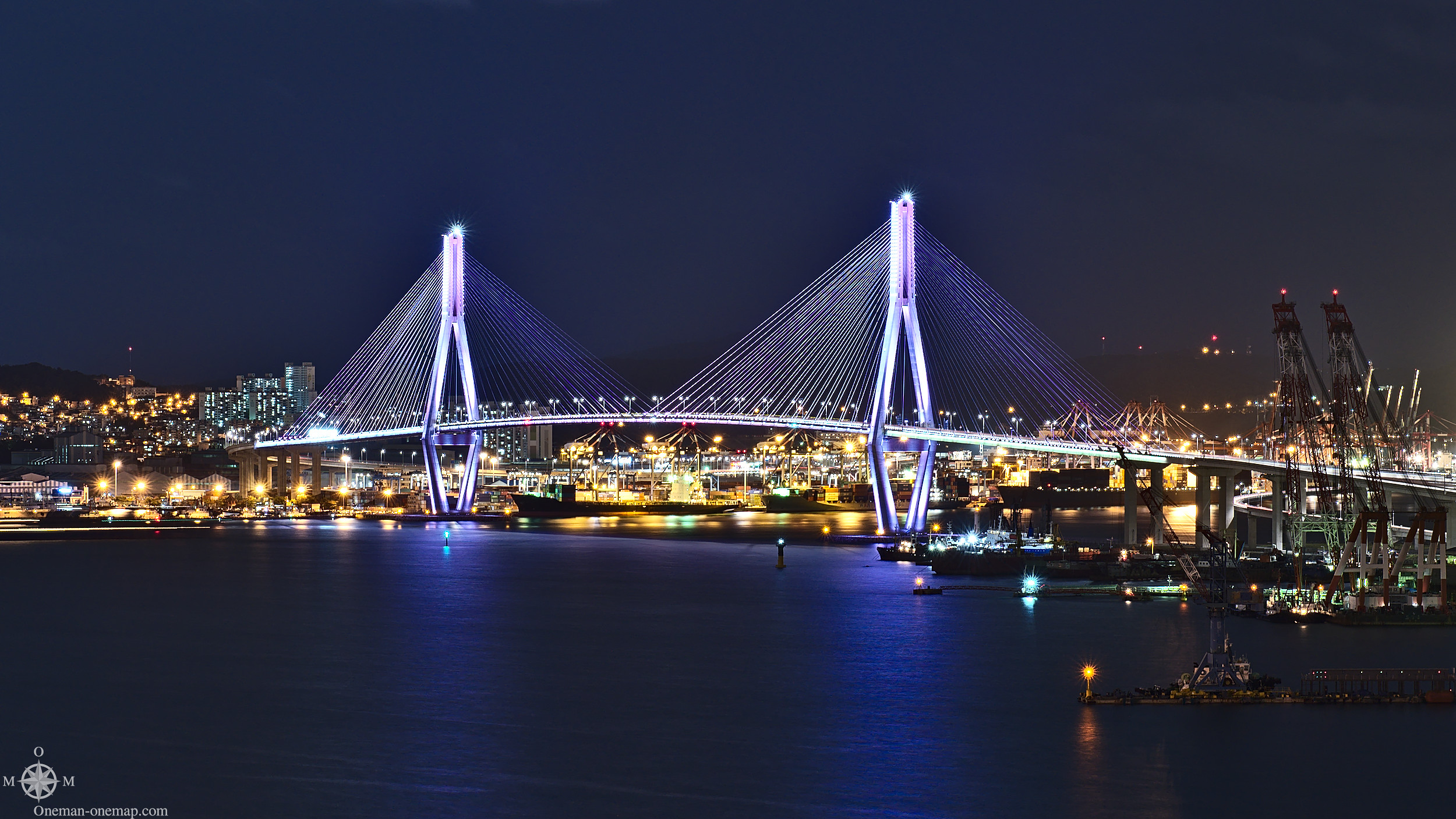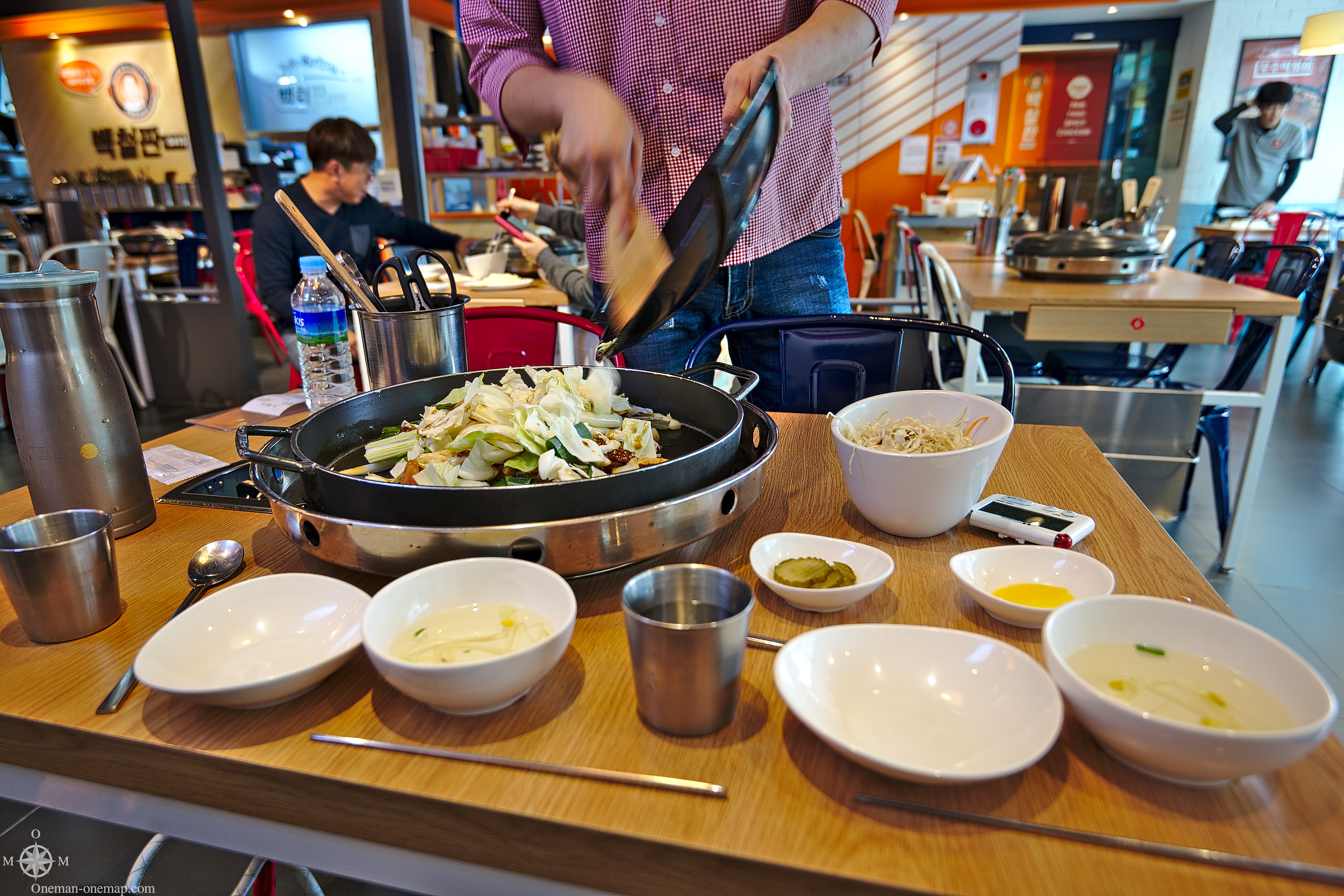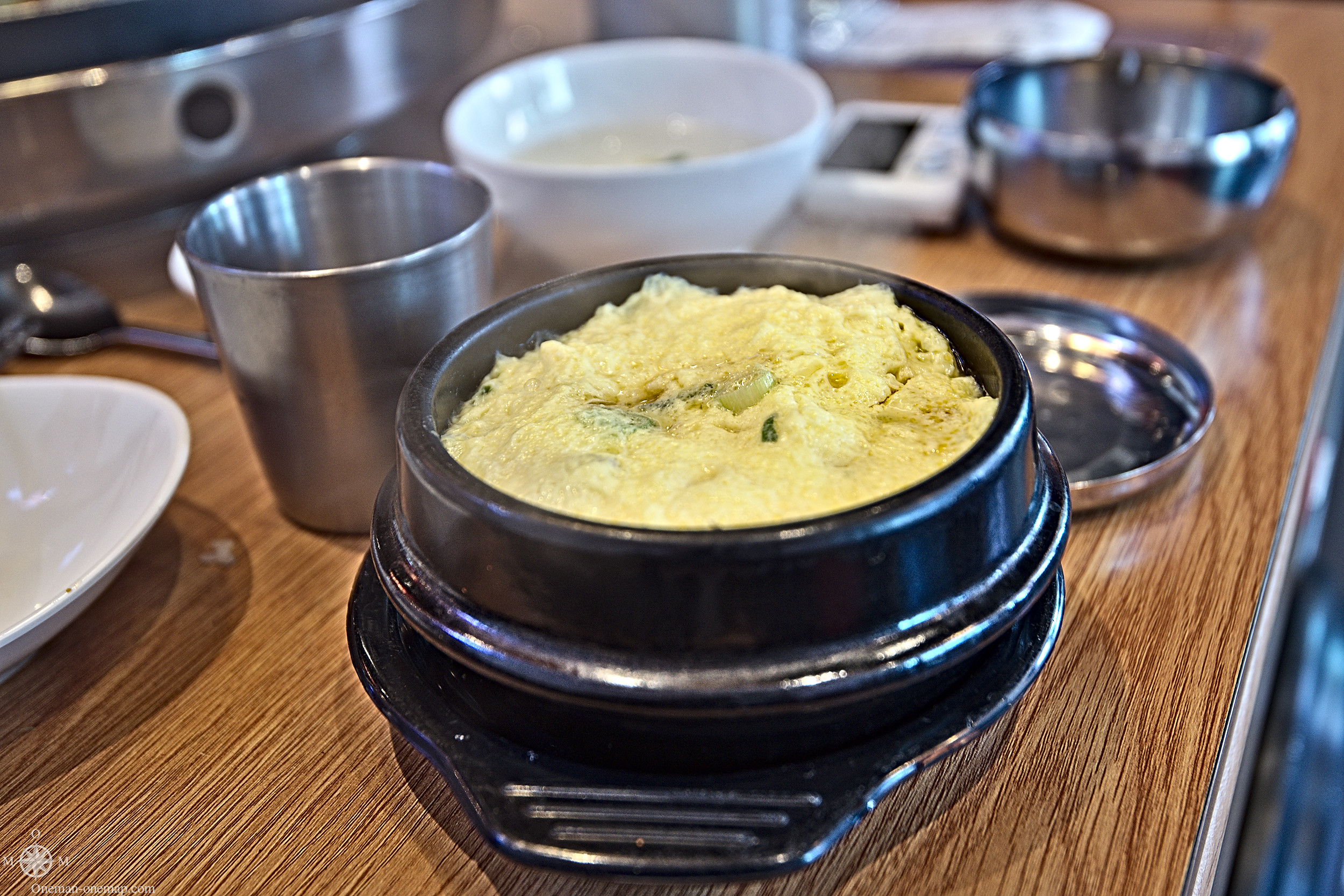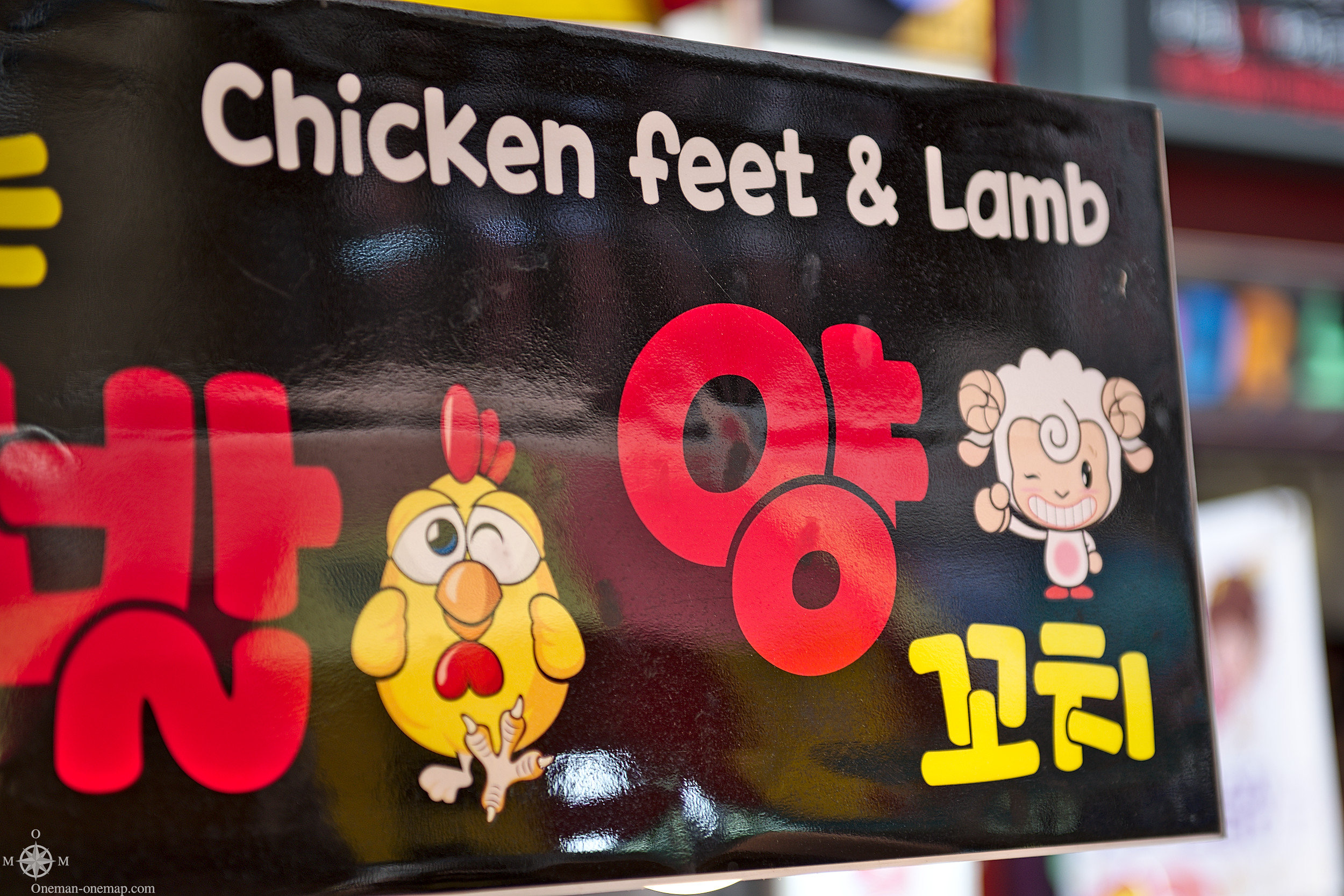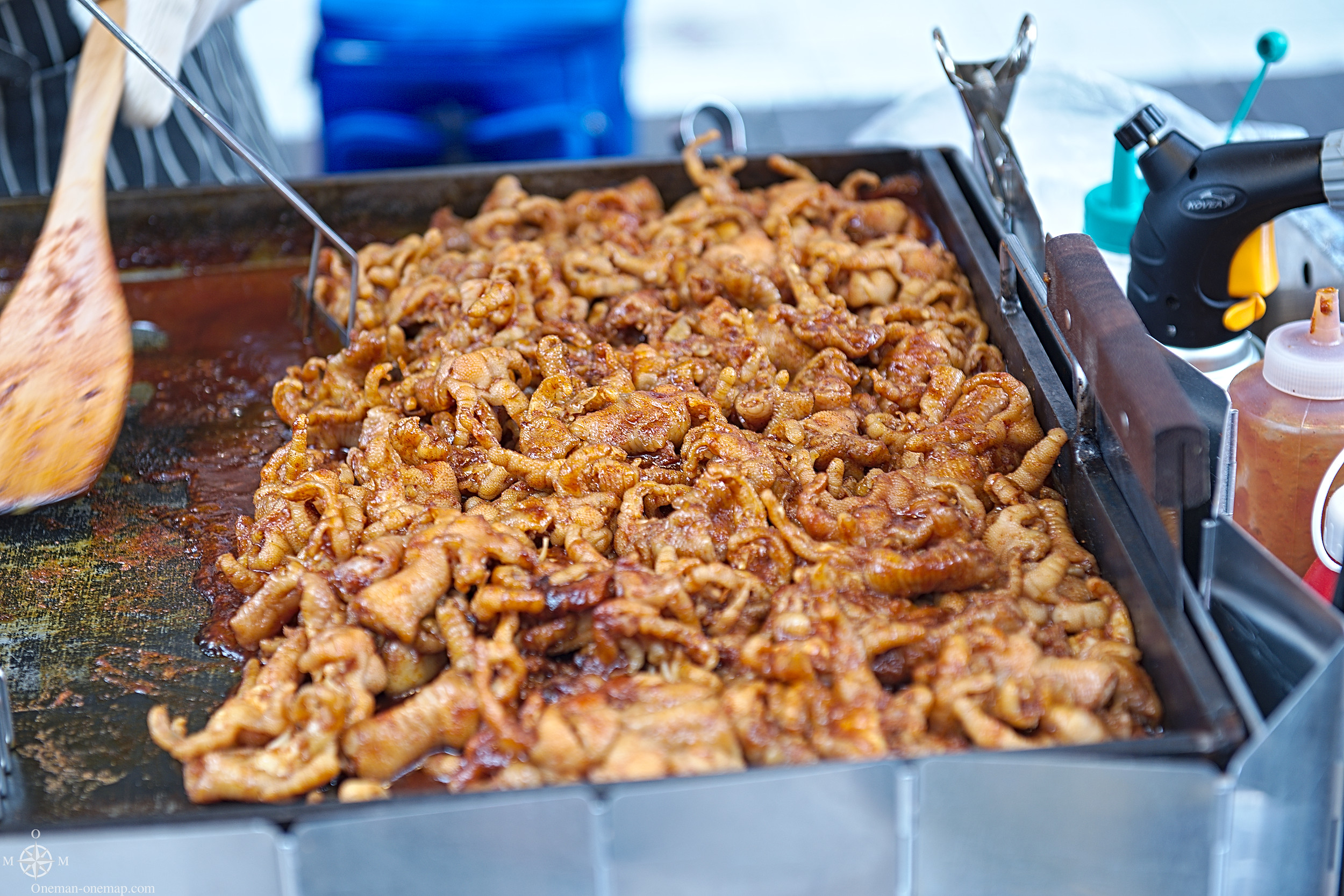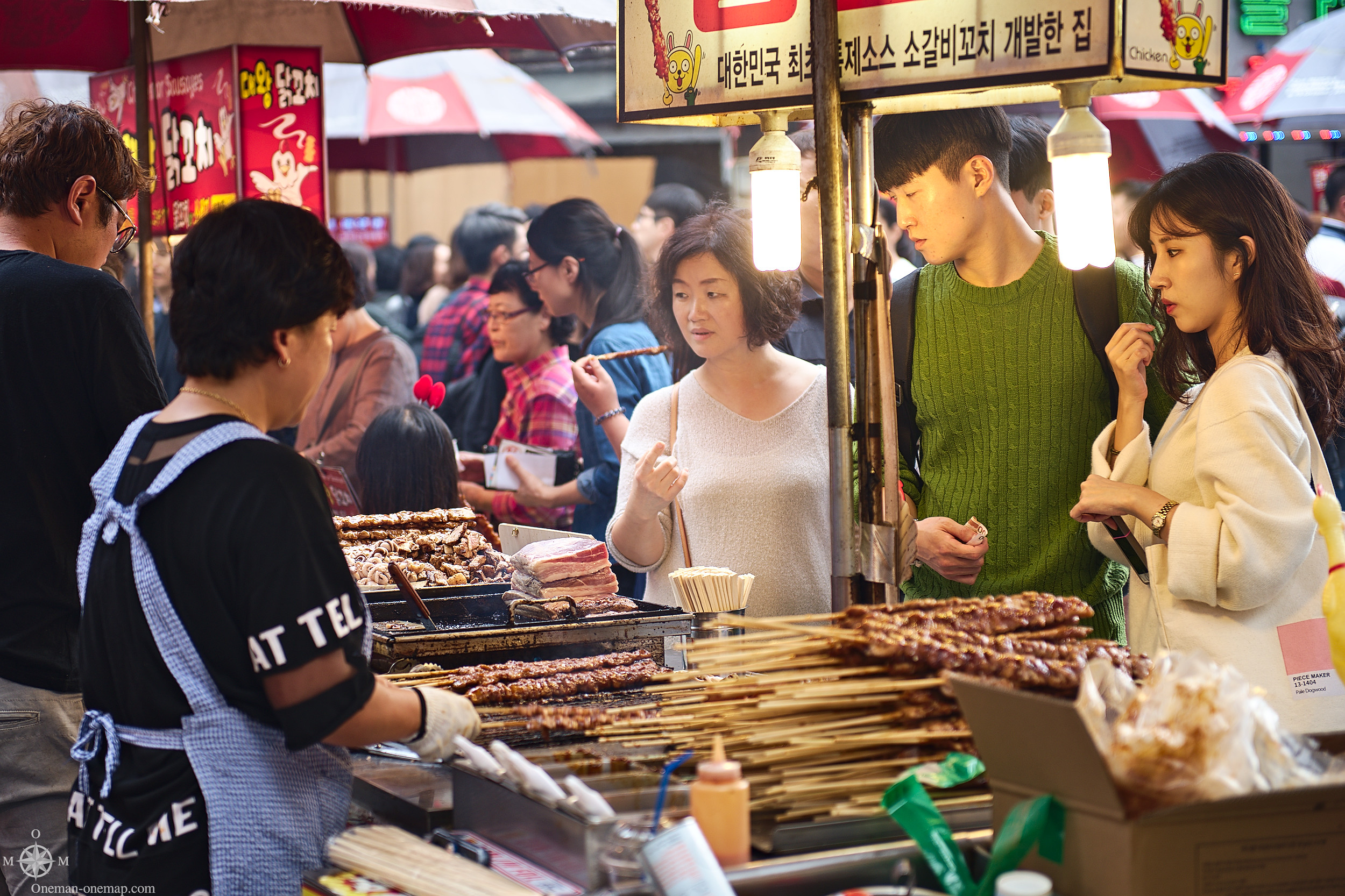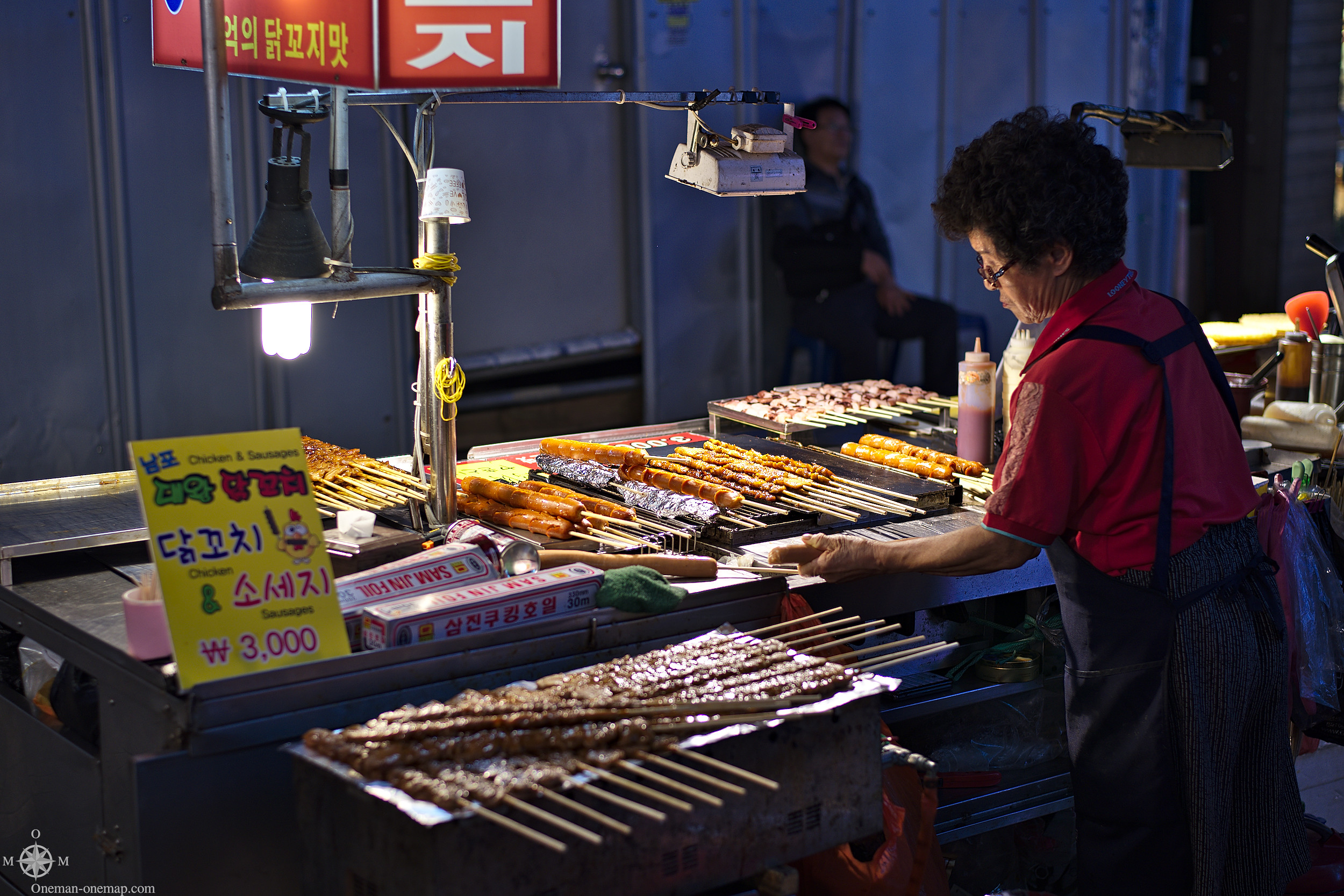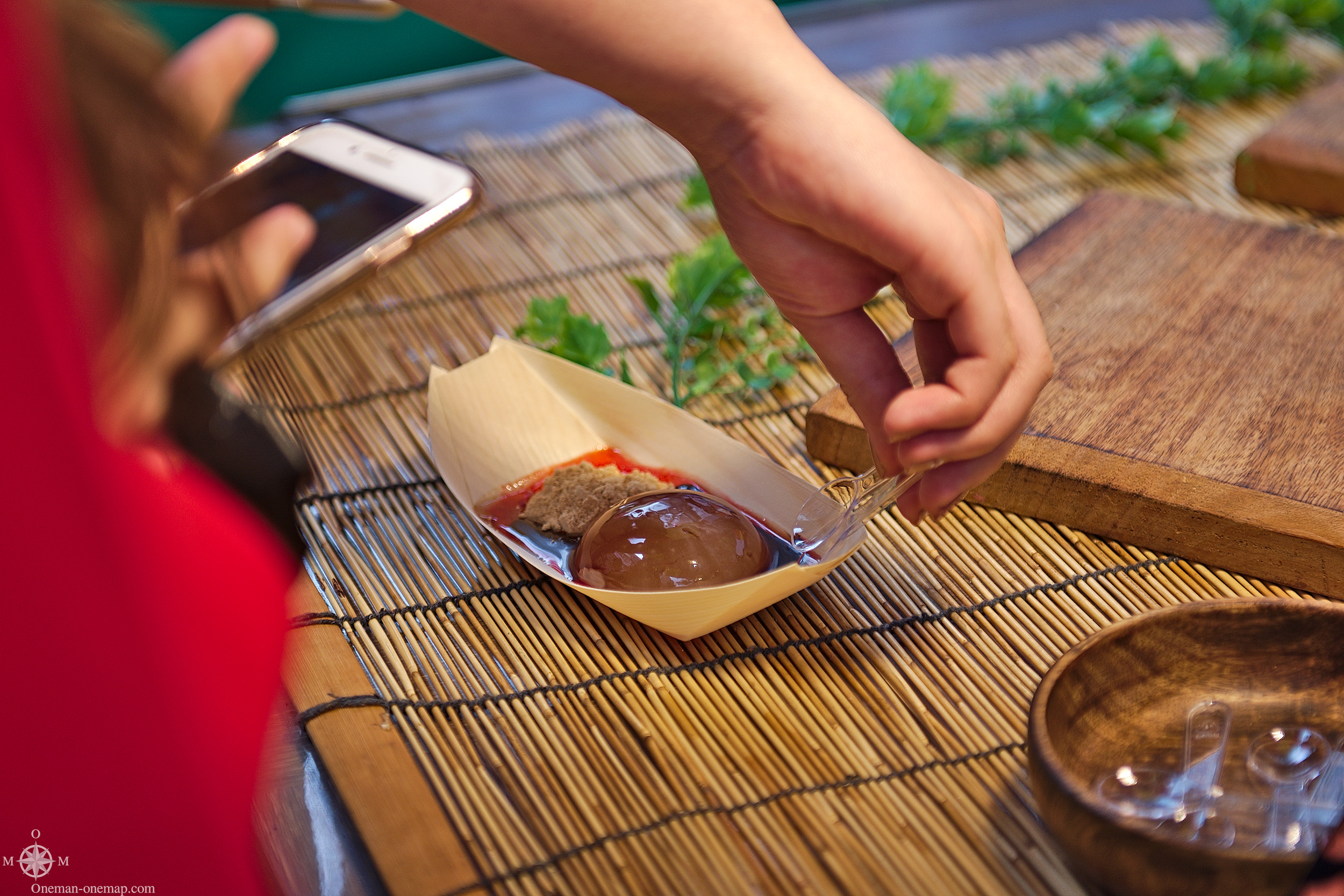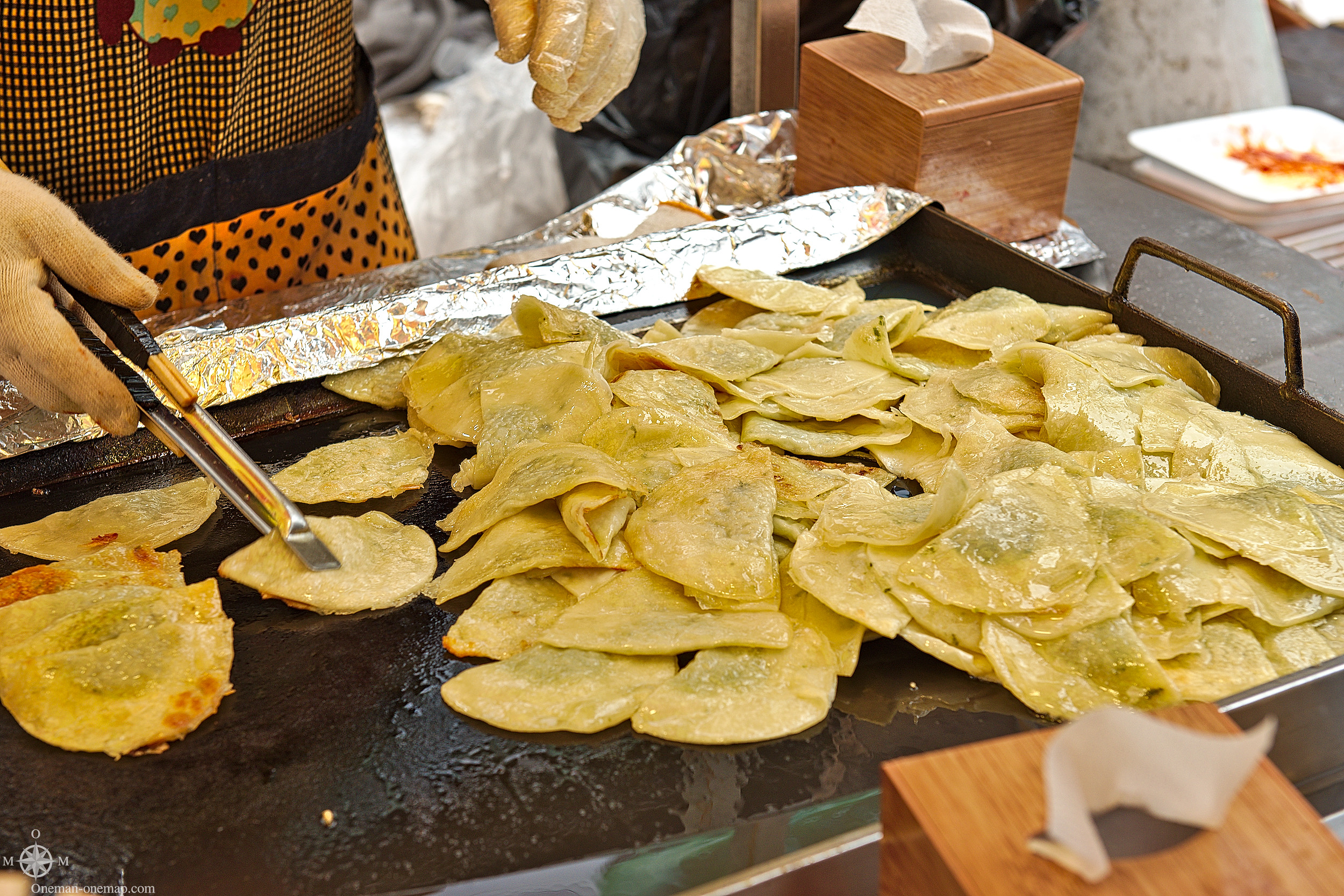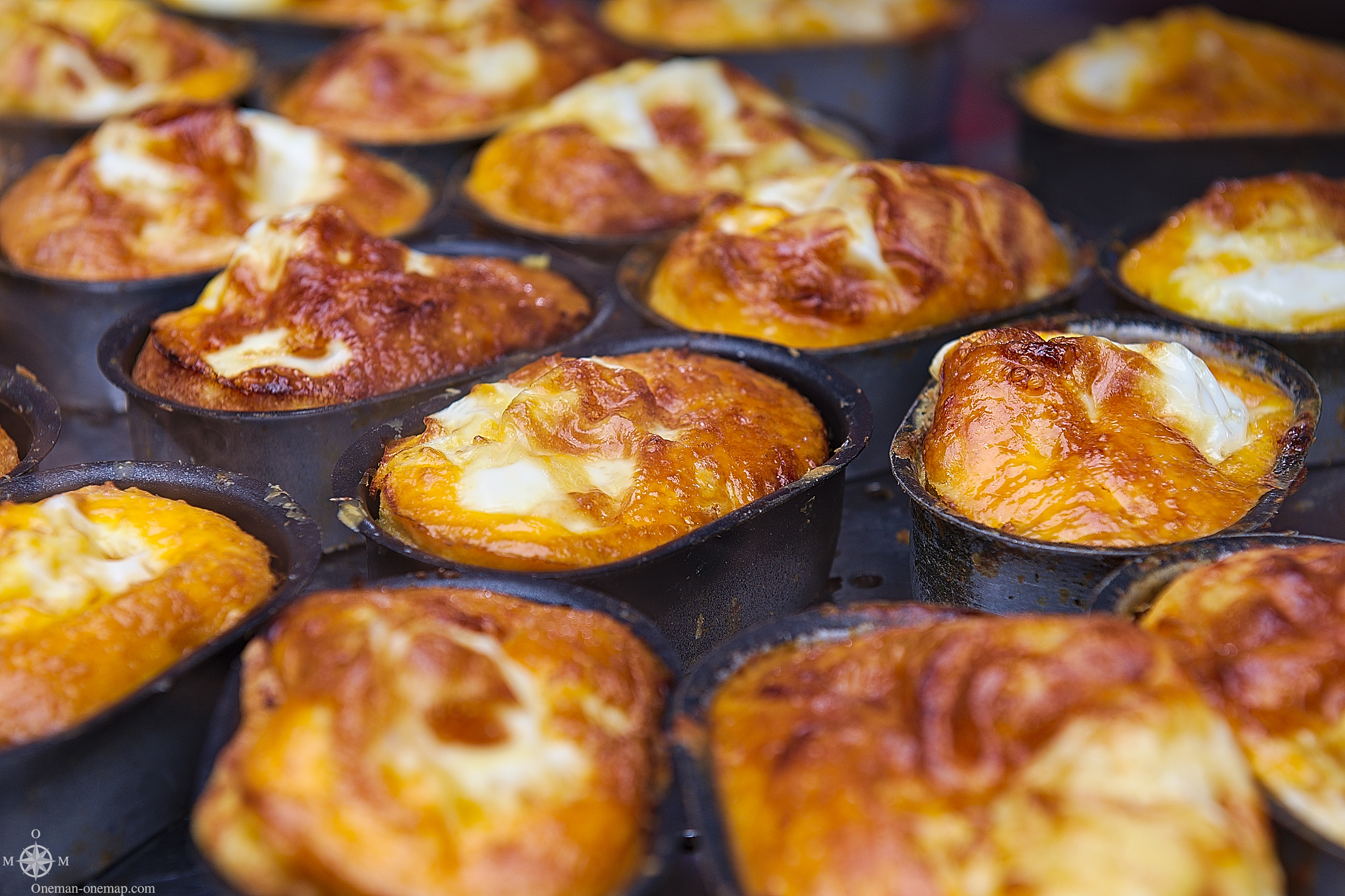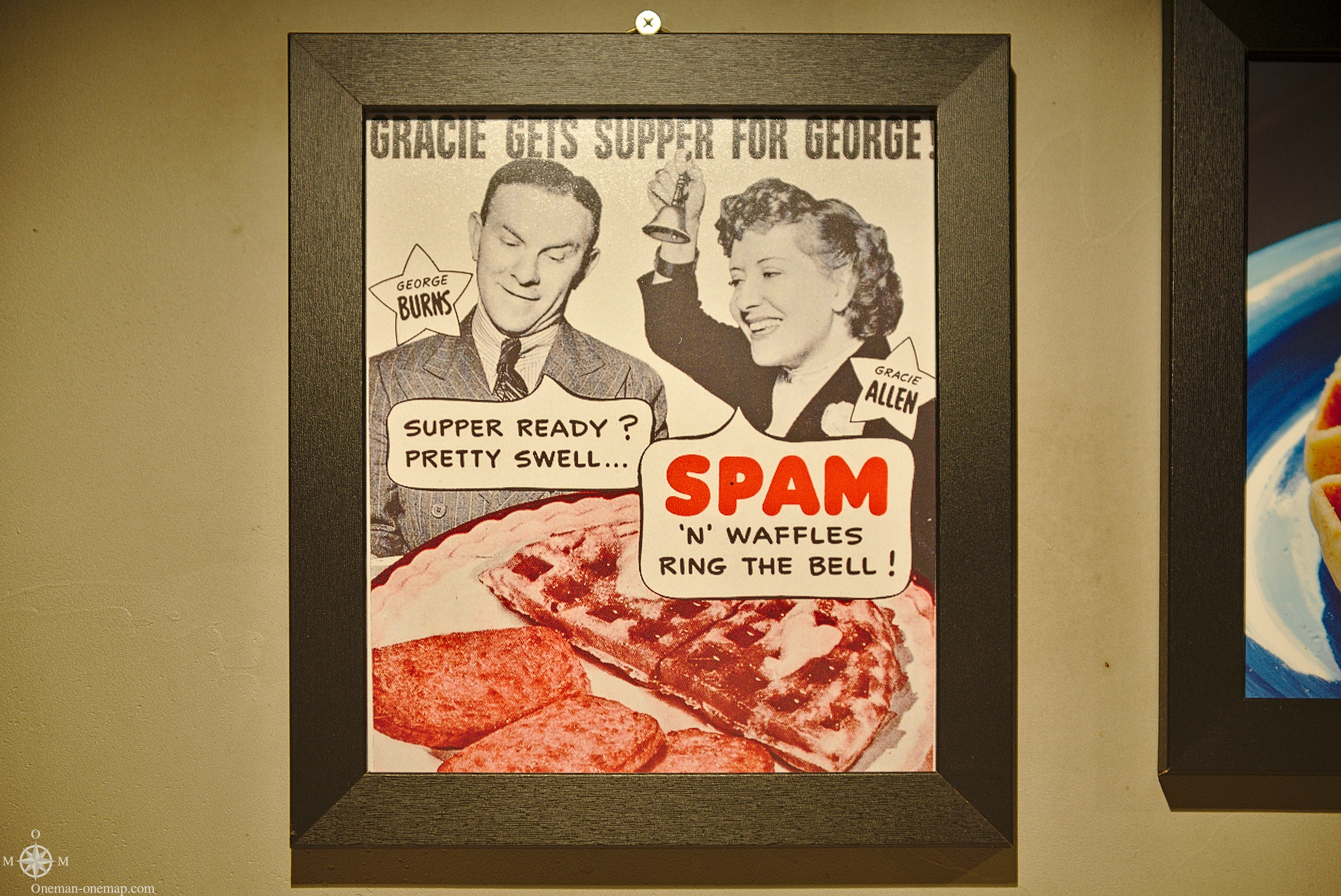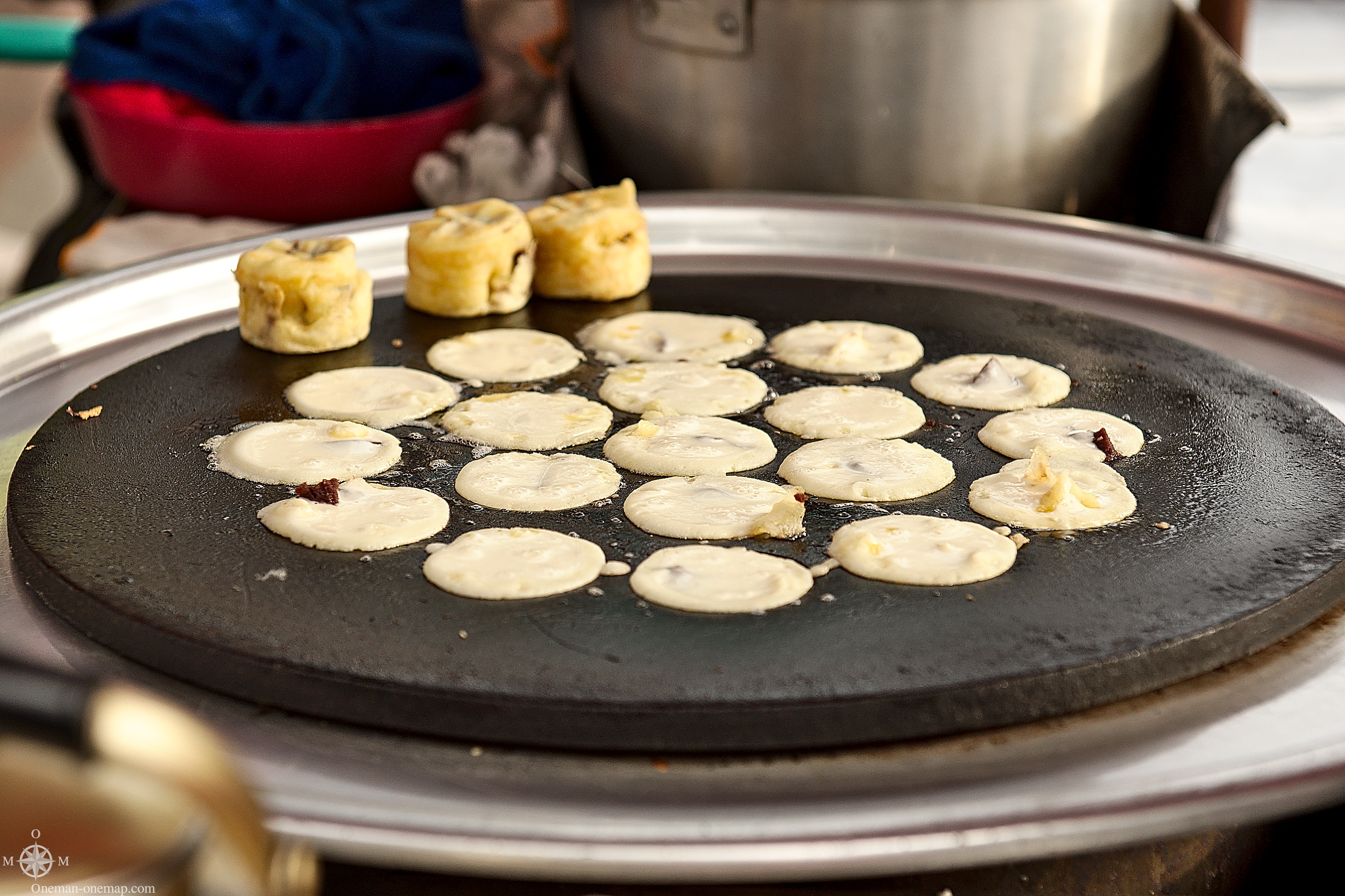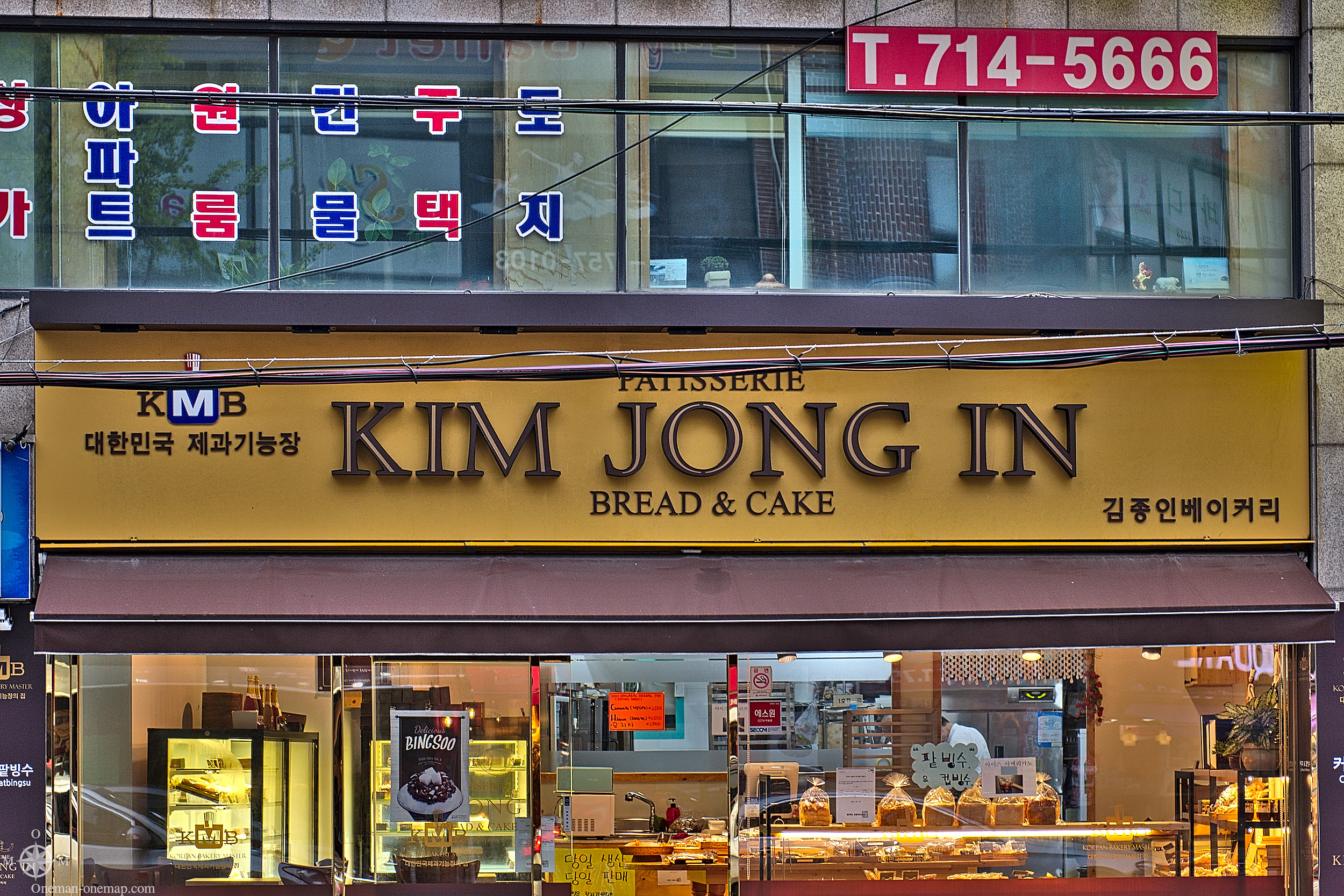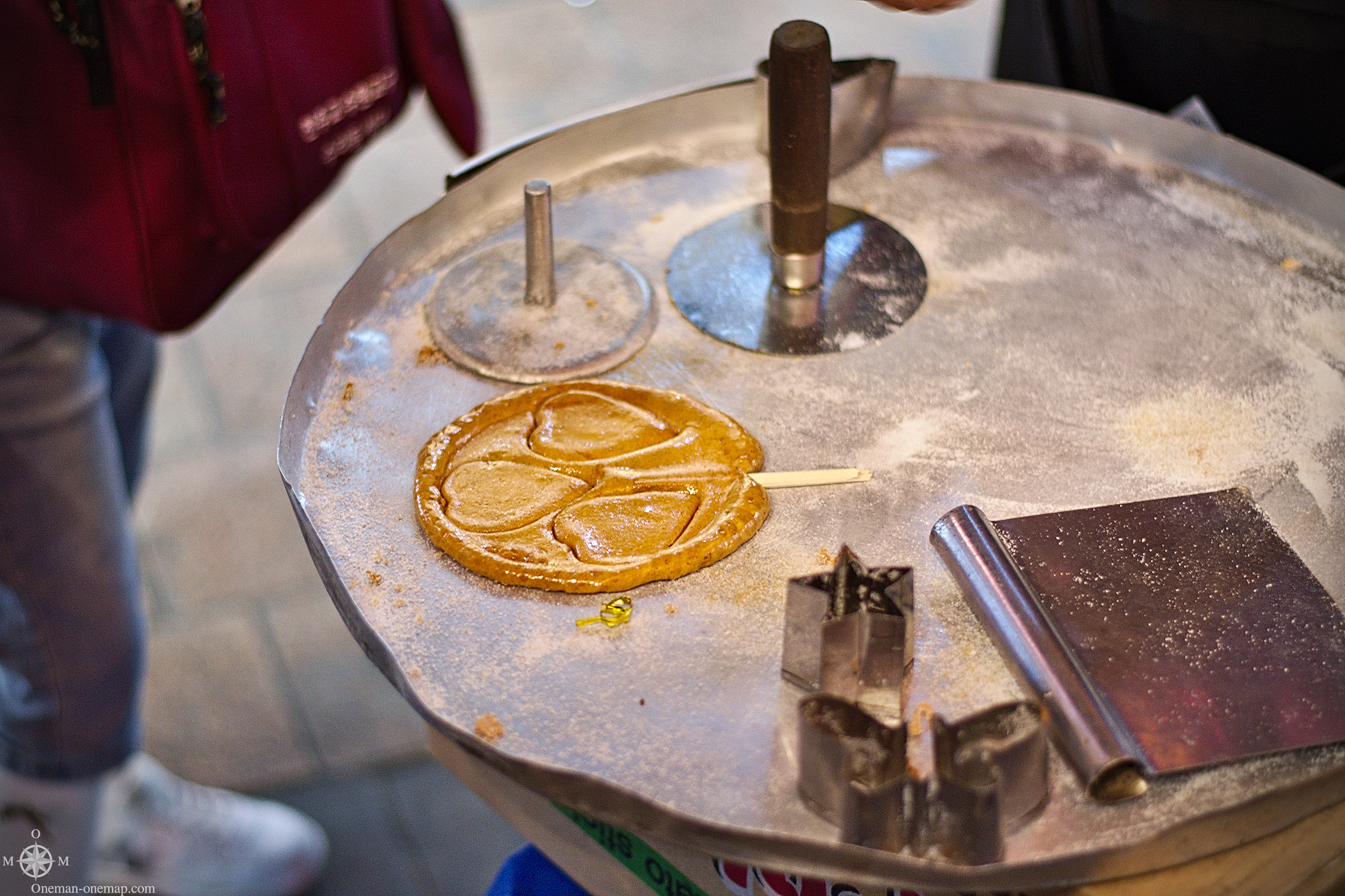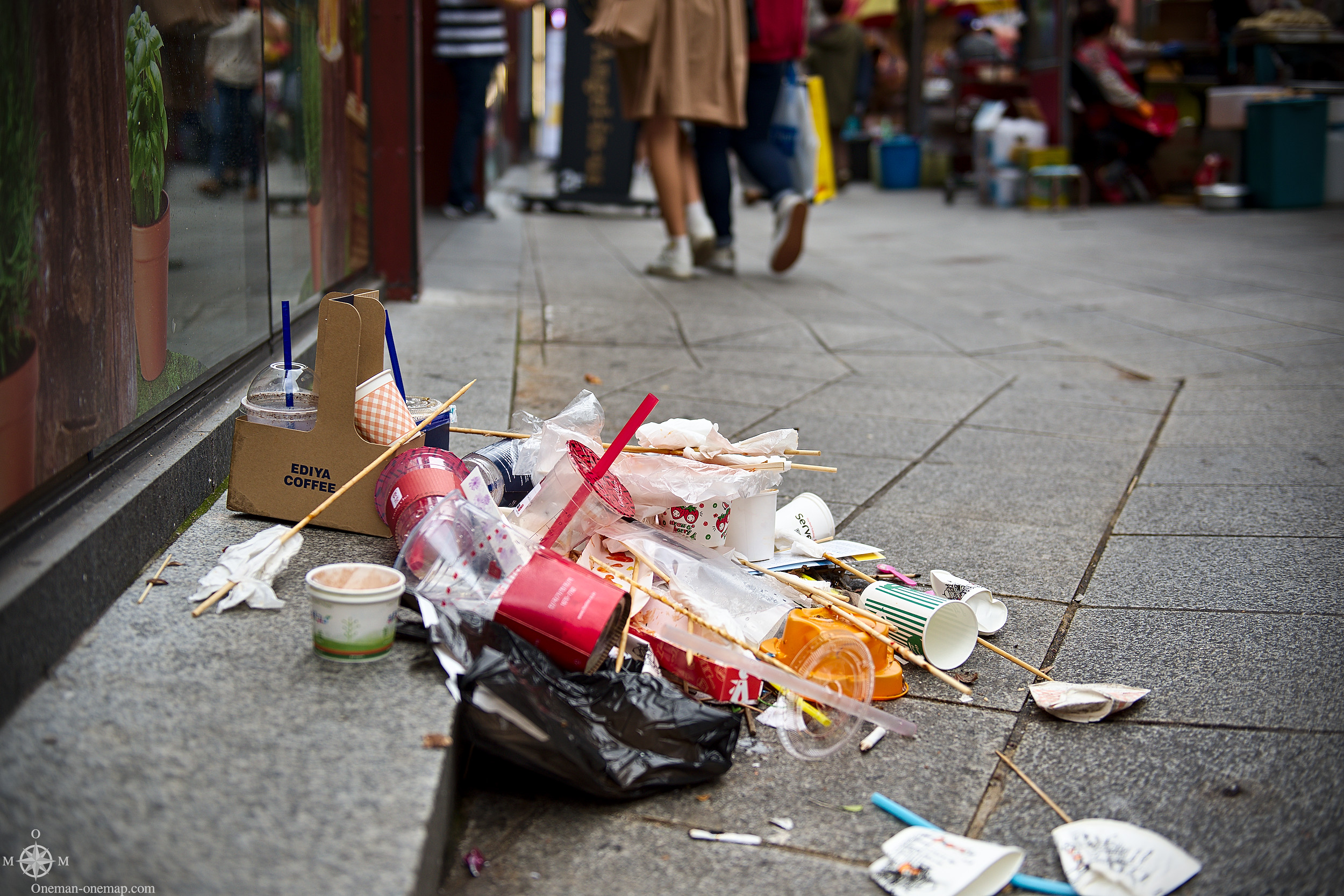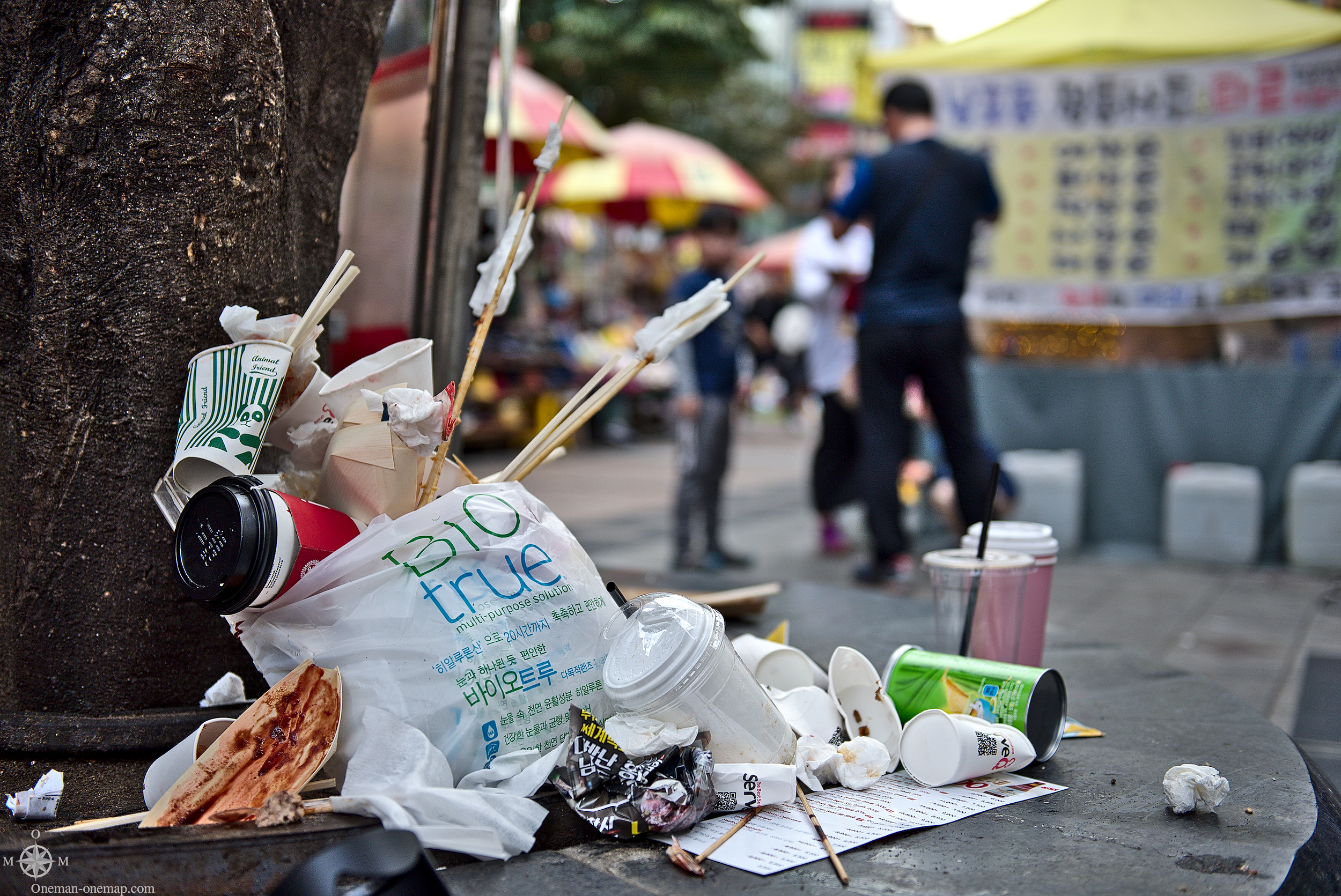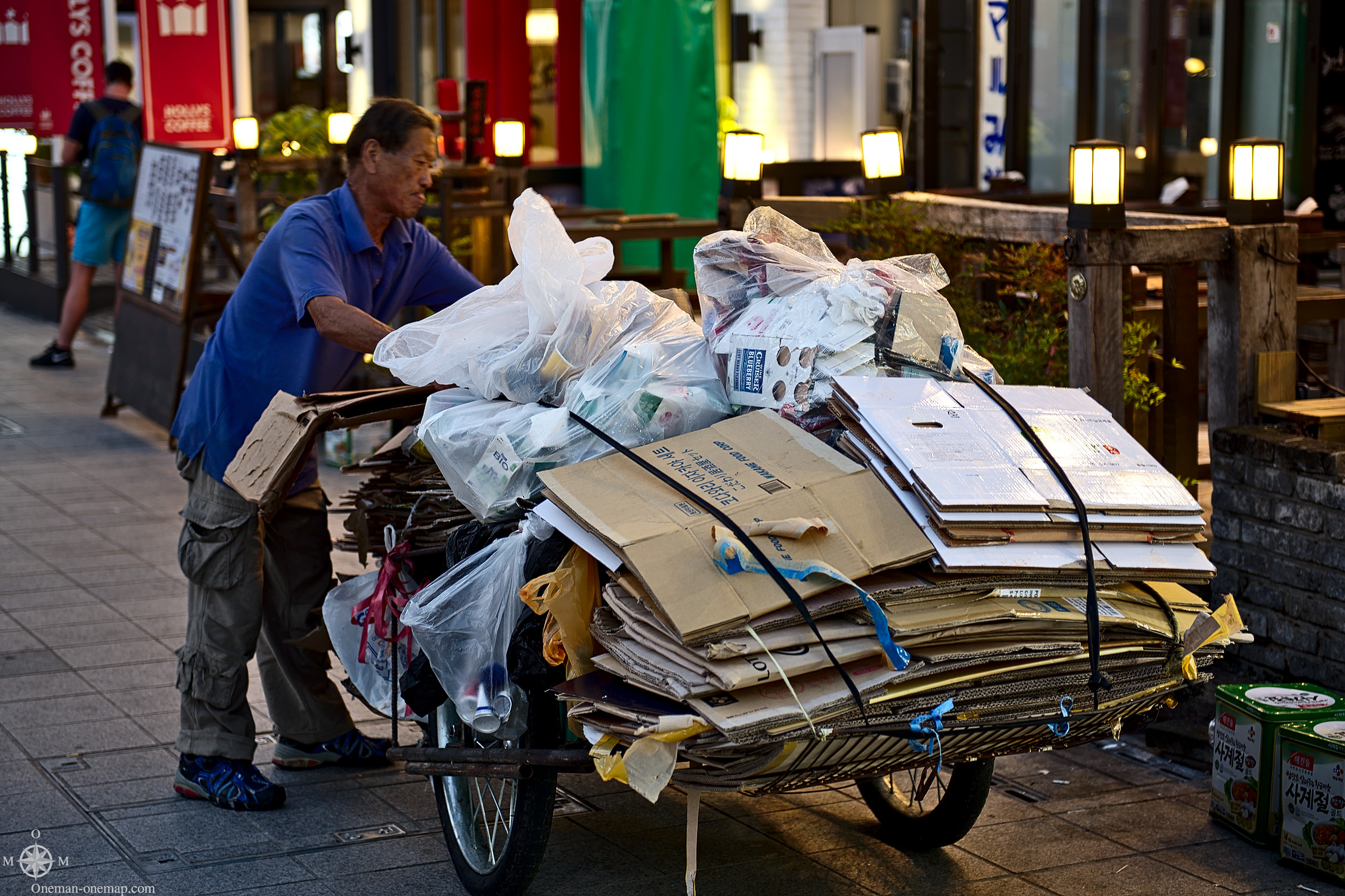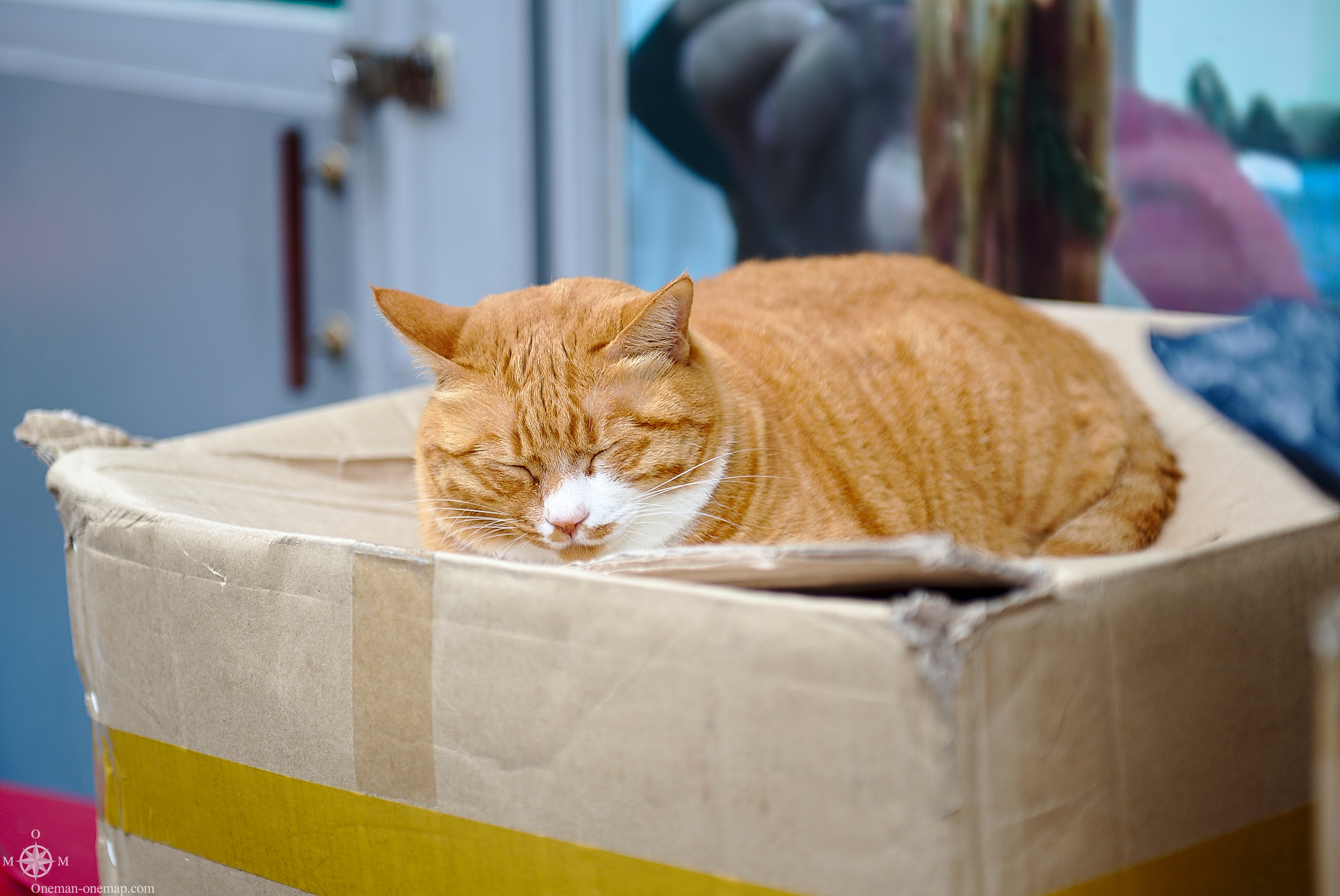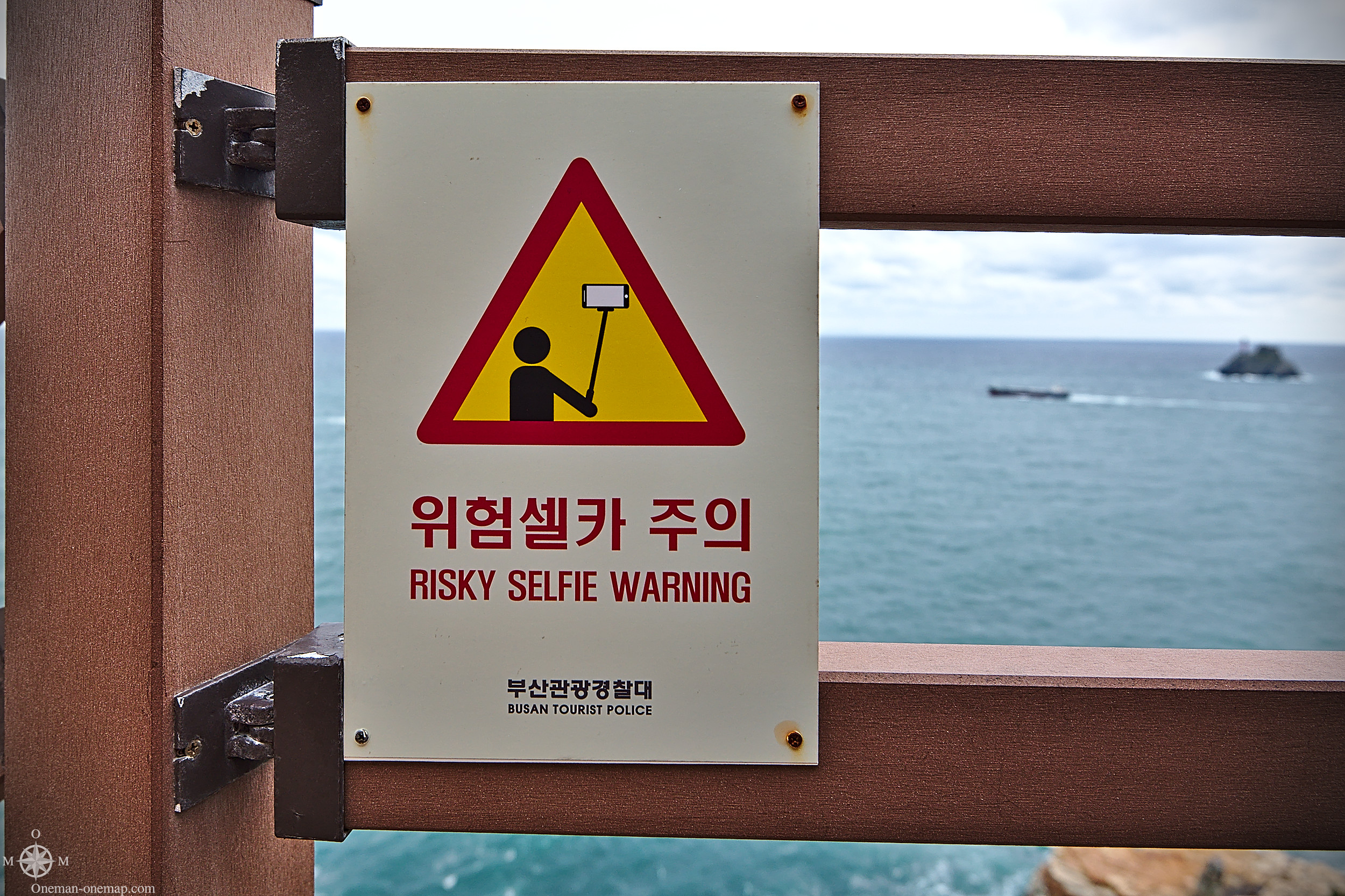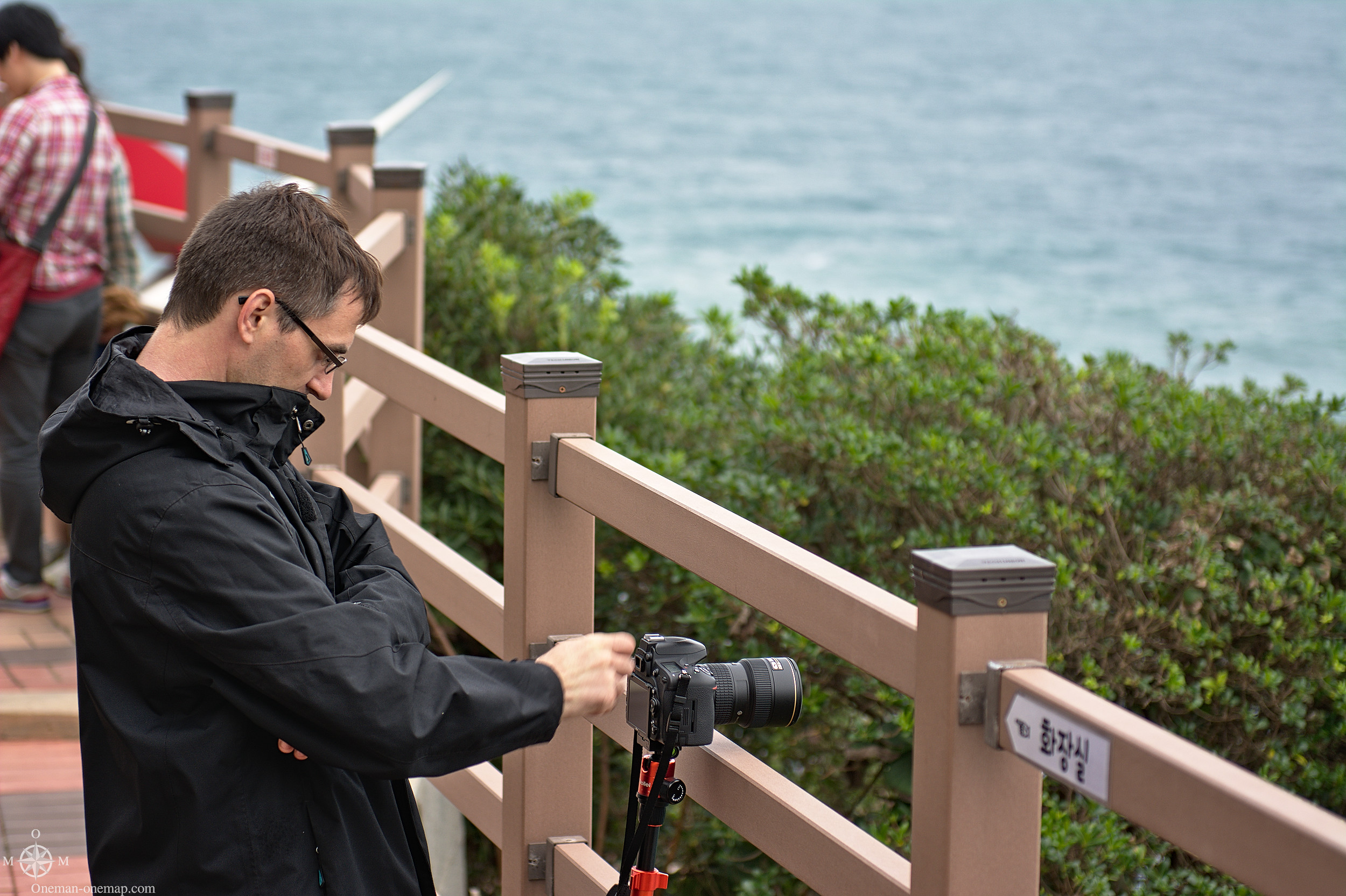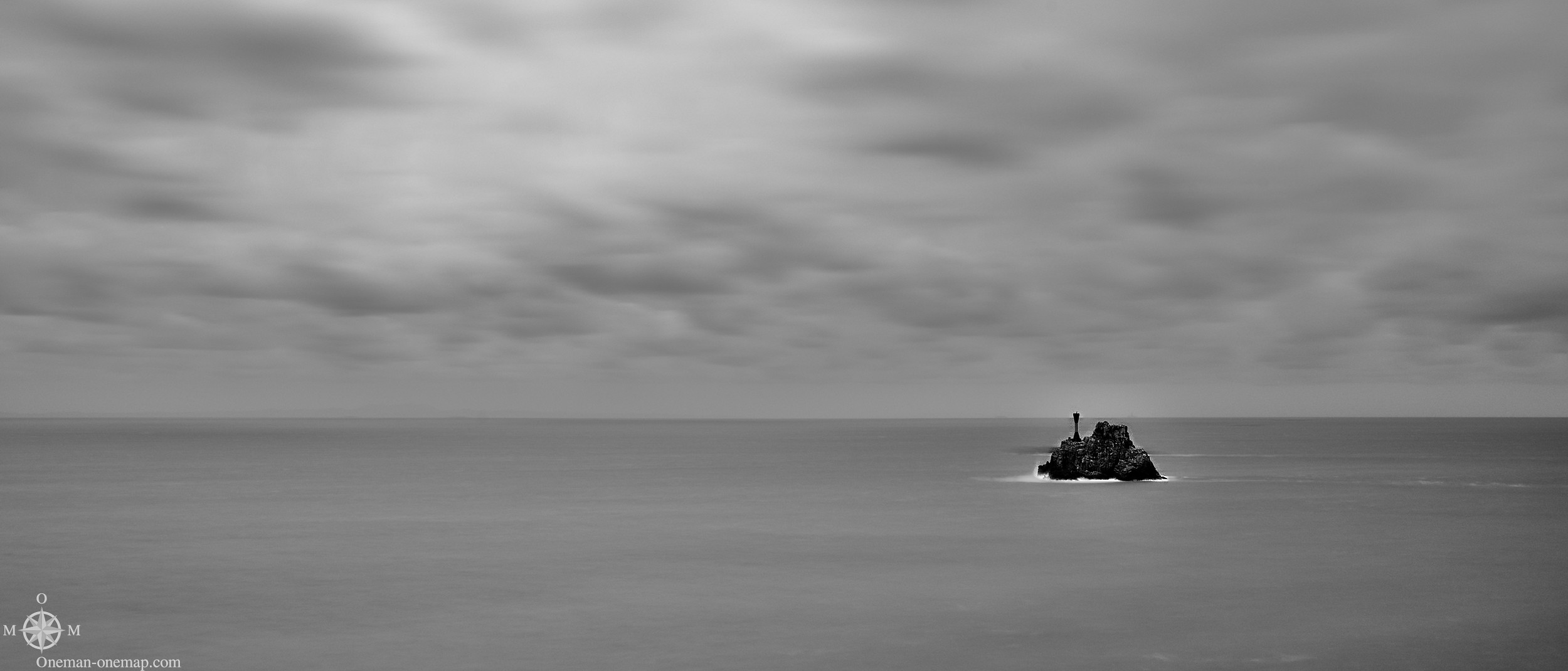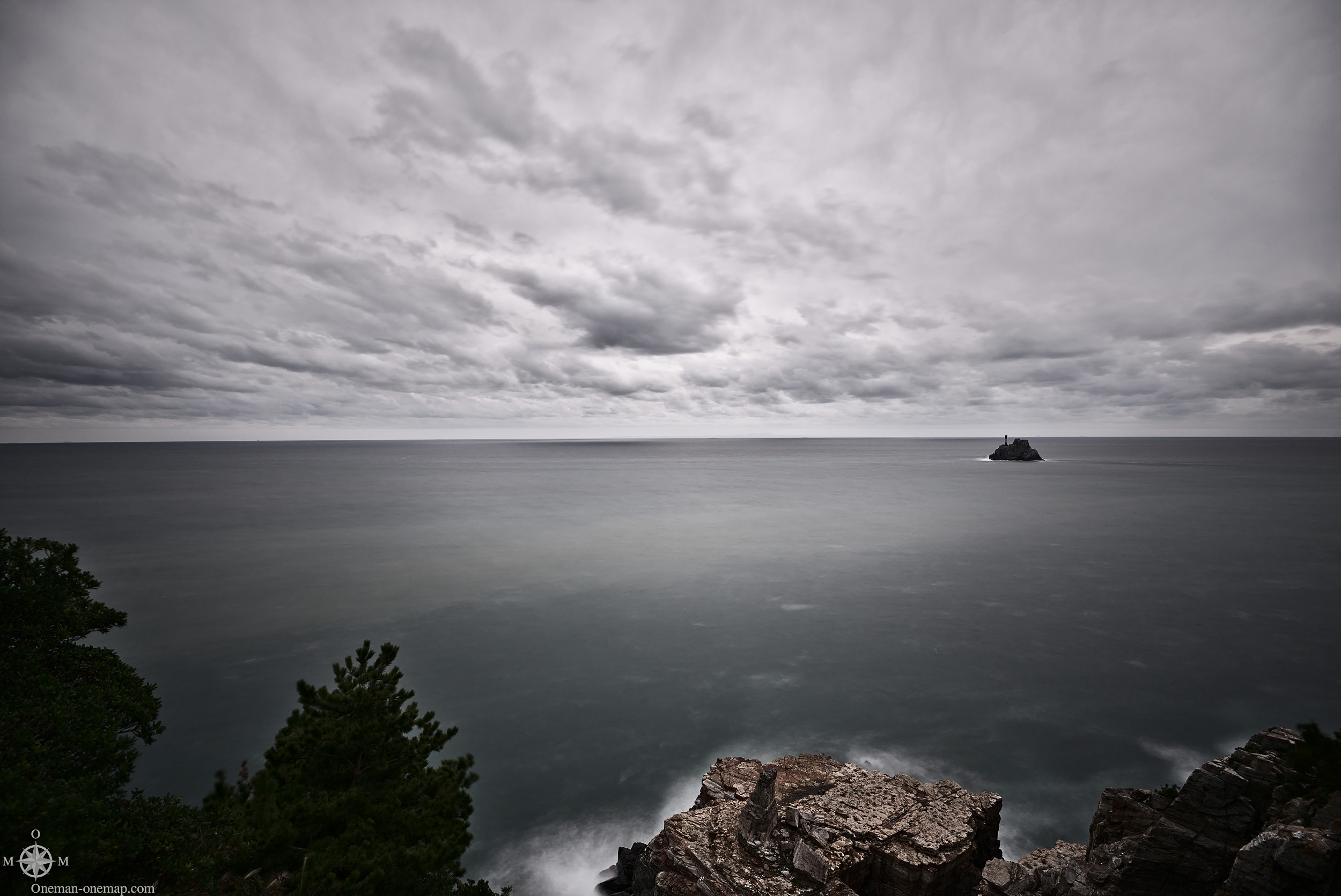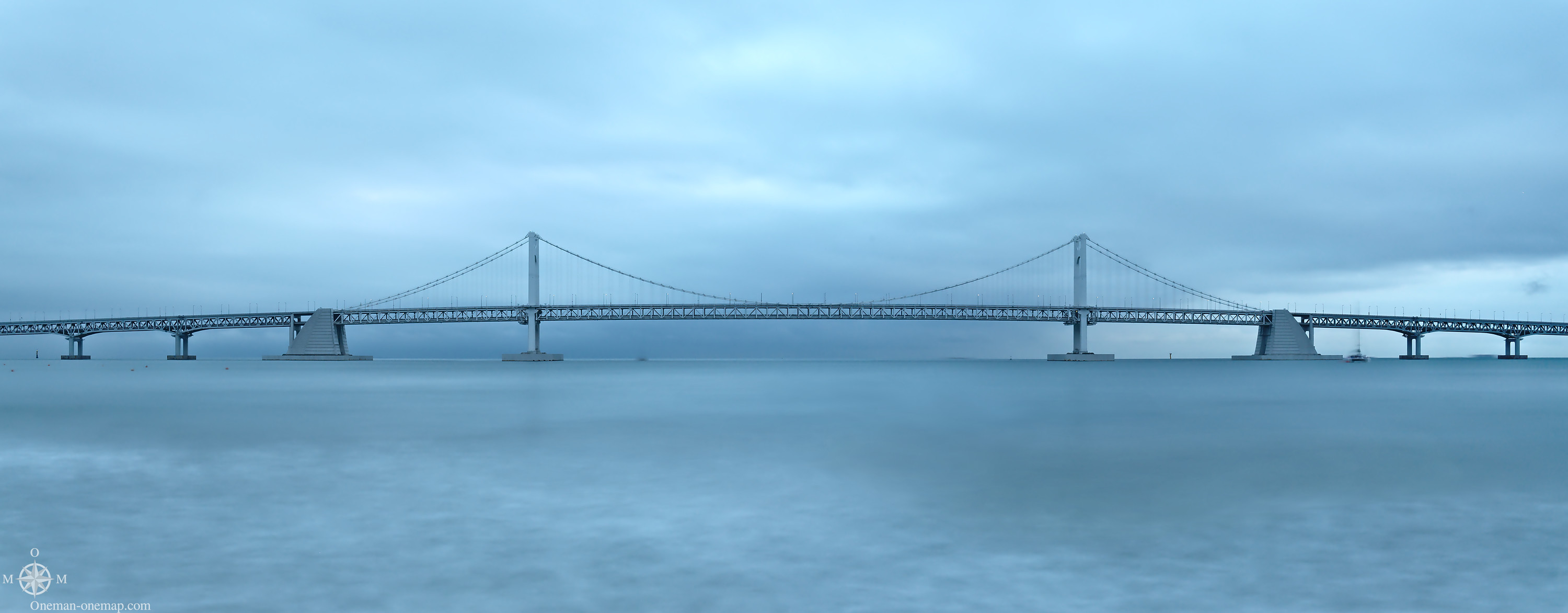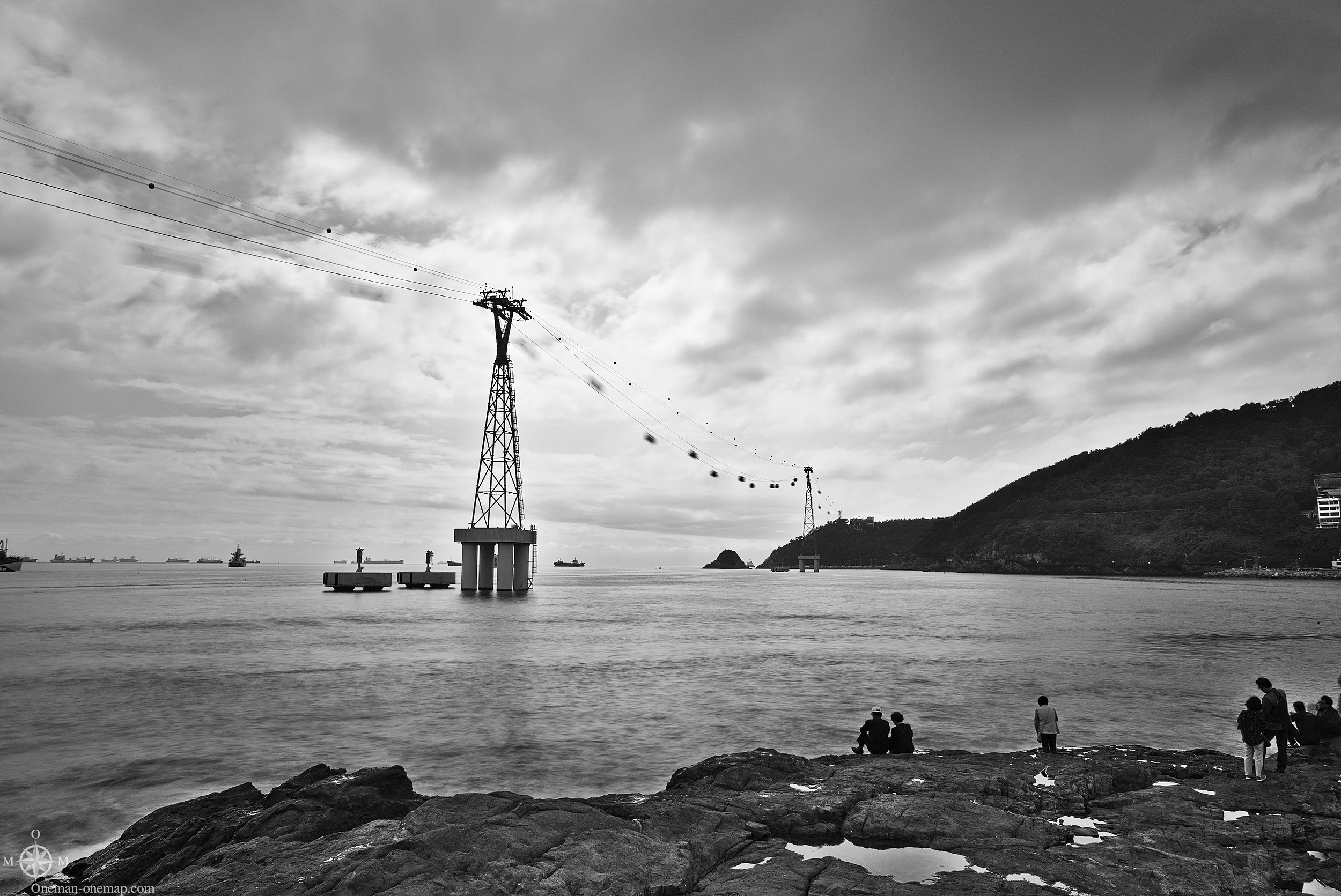Dieser Artikel ist auch auf Deutsch verfügbar. Click here to find out more about South Korea!
After the last two long-distance bus rides I was not too interested in covering the last leg of my trip through South Korea by bus again. So I took the train from Gyeongju to Busan. Wait, Train to Busan? Wasn’t there something about that? Well, I hope it also works without all the Zombies… 😉
As I have already mentioned in the overview article on South Korea, the railway network is run by Korail. There is a bullet train, the KTX, but it only serves the Incheon-Seoul-Jije-Osong, Suseo-Jije, Osong-Mokpo and Osong-Busan sections. There are a number of regional train lines which often have very, very few connections per day.
Absurdly it’s possible to spend more time traveling on the KTX than on the regional trains. In Gyeongu the KTX line doesn’t go through the city itself, but goes past it at a distance of about eleven kilometers. So you can’t just hop on the KTX at the main station, but you have to go the Singyeongju (신경주역) KTX train station which looks like an airport and is located in the middle of a field. Going there by bus takes a full 40 to 50 minutes.
The regional train on the other hand departs from the main station in the city center and takes about one hour and forty minutes to Bujeon (one of the train stations in Busan). It was just 6.600 Won (about five Euros), which was about half as much as the KTX would have cost. No idea who came up with this ingenious idea, but it actually fits quite well into the “Korean Logic”…
Train tickets are one of the few things which can be bought online with a foreign credit card. The ordering process is a bit rudimentary, e.g. I wasn’t redirected to my card issuer’s web site and didn’t have to confirm anything, but at the end they got their money and I got a valid train ticket.
As so often I was the only foreigner on the train. The route wasn’t beautiful by any means, huge apartment blocks with twenty or more stories blocked the view all the time. The bad weather contributed a lot to the dull scenery too. At least some industrial complexes made for a bit of variety.
Accommodation and transport
Busan has no actual city centre, much like Berlin. The city stretches in all directions through valleys and along the shores, within a diameter of more than twenty kilometres. Going from A to B was no big fun. The Metro has only four lines, but services the incredible number of 114 stations on 166 kilometres of track length. Which means that either there is no Metro station at all were you are right now, or it is at least one kilometre away. Proper planning was therefore very important.
A single trip was 1,300 Won (about one Euro), like in Seoul, but if you intend to stay longer you should buy a rechargeable Hanaro Card (하나로카드) just for convenience. If you’re coming from Seoul you can continue to use your T-Money Card (and vice versa), but T-Money can only be recharged at a few machines in Busan. The Busan Metro has a rolling library, by the way. You can take books from a shelf and read them while riding the train. Sadly I didn’t realise this until it already was too late.
Yangsan and Jangsan, the one at one end of the line and the one at the other. Two of the many reasons why should always only rely on the written word and not on spoken words in South Korea…
Big advertisements for plastic surgery were just as big a thing in Busan as they were in Seoul. V-shaped chins, Western-style eyes, all just a question of money!
I slept in the Grand Motel in Nampo-dong (남포동) for three nights. Looking at the very old furniture there was nothing “Grand” about it, and 33 Euros per night didn’t even by me a breakfast, but the location was perfect. The Hotel is just 50 metres from Gwangbok Shopping Street (광복로문화패션거리) near Nampo-Dong Metro Station, Jagalchi Fish Market (부산 자갈치시장), Gukje Market (남포동 국제시장), Busan Tower (부산타워) und Lotte Mart (롯데마트 부산점). It doesn’t get much better.
If you are more interested in beaches, party and well-known hotel brands, you will be interested in Haeundae Beach (해운대해수욕장), but that area is about 15 kilometres and 40 minutes by Metro from Nampo.
City life
With its 3,5 million inhabitants Busan is the second-largest city in the country, and another million people lives in the greater area. The container terminal is among the ten most important in the world, and industry and consumption make up most of the rest of the city. Pretty much all beaches are plastered with concrete and the view onto the sea is blocked by bridges. The Shinsegae Centum City Department Store (신세계백화점 센텀시티점) even is even listed as the Largest Department Store In The World in the Guinness Book of Records!
There was just as much chaos as there was in Seoul, especially around Gukje Market. An unknown number of shops and stalls lined both sides of a huge network of tiny, contorted streets. Even armed with a map and a list of addresses it was hard to locate anything. But you could buy anything there, the food was very good, and below all the sun blinds and plastic sheets the rain wasn’t as annoying as everywhere else.
The charm of Busan became more visible at night, when you simply couldn’t see all the concrete, traffic, smog and rain that well.
South Koreans are, like most Asians, quite superstitious. Superstition Number One: Never buy your girlfriend or wife shoes, otherwise she will run away.
I’m hungry!
Surprisingly the food was much better than in other places in South Korea. I had even been downright disappointed by Gwangjang Market in Seoul because most stalls there seemed to sell the same five things. The offerings in Busan were a lot more comprehensive, more creative, and also cheaper.
It’s pretty much impossible to observe all the food rules as a foreigner. There are simply too many. If you’re eating alone some become downright impossible, e.g. you’re not supposed to pour beverages into your own glass…
Ah, chicken feet, the Asian’s delight. The combination with the lamb only makes it more interesting.
Superstition Number Two: Never order poultry for your boyfriend or husband, especially not Chicken Wings, otherwise he will “fly away”.
If there’s one thing the Koreans really know about, it’s Barbecue. I would still leave sausages to the Germans, though.
Things get crazy when it comes to desserts and sweets. I don’t know what this bubble was, but it seemed to be some variant of Bubble Tea which you sup from the container.
Waffles with Spam. Yikes. I already mentioned the South Korean’s love for Spam in the other posts, but this combination might be just too much.
Is this the actual name of the owner, or did someone think they could get away with this side blow at North Korea? At least Busan is located as far from the Demilitarised Zone as possible… 😉
All that gluttony does have its down sides, though. All the waste is just thrown on the streets and removed by old (probably unskilled) men, as usual. Especially at night they could be seen with their carts everywhere, heavily loaded, sometimes so old and bent that the only expression which came to mind was “to work yourself to death” 🙁
Falling Rain Blues
I had actually planned to see a bit of the greater vicinity by bus and train, maybe go to Hallyeohaesang National Park (한려해상국립공원) or Hadong (하동군, but the weather was simply too bad. So I stayed within the city limits and tried to catch the atmosphere with my camera, for example at Taejongdae Park (태종대유원지).
The Diamond Bridge (광안대교) in front of Gwangalli Beach (광안리해수욕장).
The Songdo Cable Car (송도 해상 케이블카) seen from Songdo Beach (송도해수욕장).
In the next post you can then read about two other, special attractions of Busan 😉
This post was written by Simon for One Man, One Map. The original can be found here. All rights reserved.

